Formula 1 has always been a bastion of the high-tech, a series where futuristic ground-bound spaceships boom by at terrifyingly high speeds, challenging what we think is possible when a human pilot takes the helm on four wheels. For the past 40 years, Renault has taken part in this orgy of speed and technology, and now, we’re getting a peek at the French automaker’s vision of things to come. Long story short, expect even more of the heart-stopping pace we know today, plus more excitement, higher levels of spectator engagement, reduced costs, increased safety, and even a dash of environmental responsibility as well.
You gotta love it when a press release kicks off with the line “the year is 2027,” so I was keen to dive into the specifics as soon as I saw this thing roll across my desk. And while these sorts of design studies don’t always nail it in terms of predicting the real future, they almost always come with a nice set of interesting ideas that could gain some traction (in one form or another, at least) in the years to come. Not only that, but the aesthetic-driven renderings are a surefire way to light the imagination and set you off on a little sci-fi day dreaming…
Updated 09/18/2017: Renault R.S. 2027 Vision made quite an appearance at the 2017 Frankfurt Motor Show. Hit the "Pictures" tab to see it on the auto show floor.
Continue reading to learn more about the Renault R.S. 2027 Vision.
2017 Renault R.S. 2027 Vision
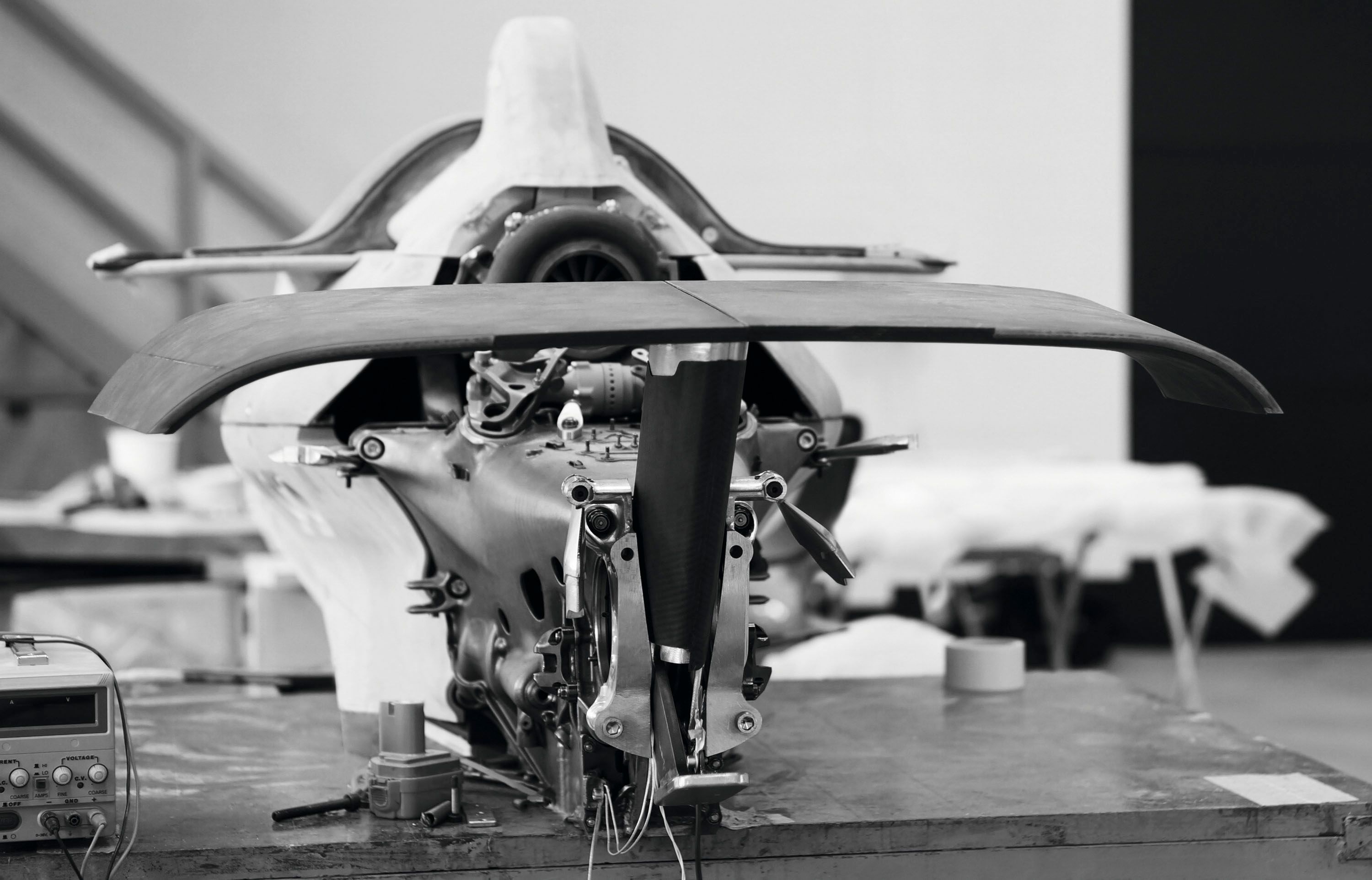

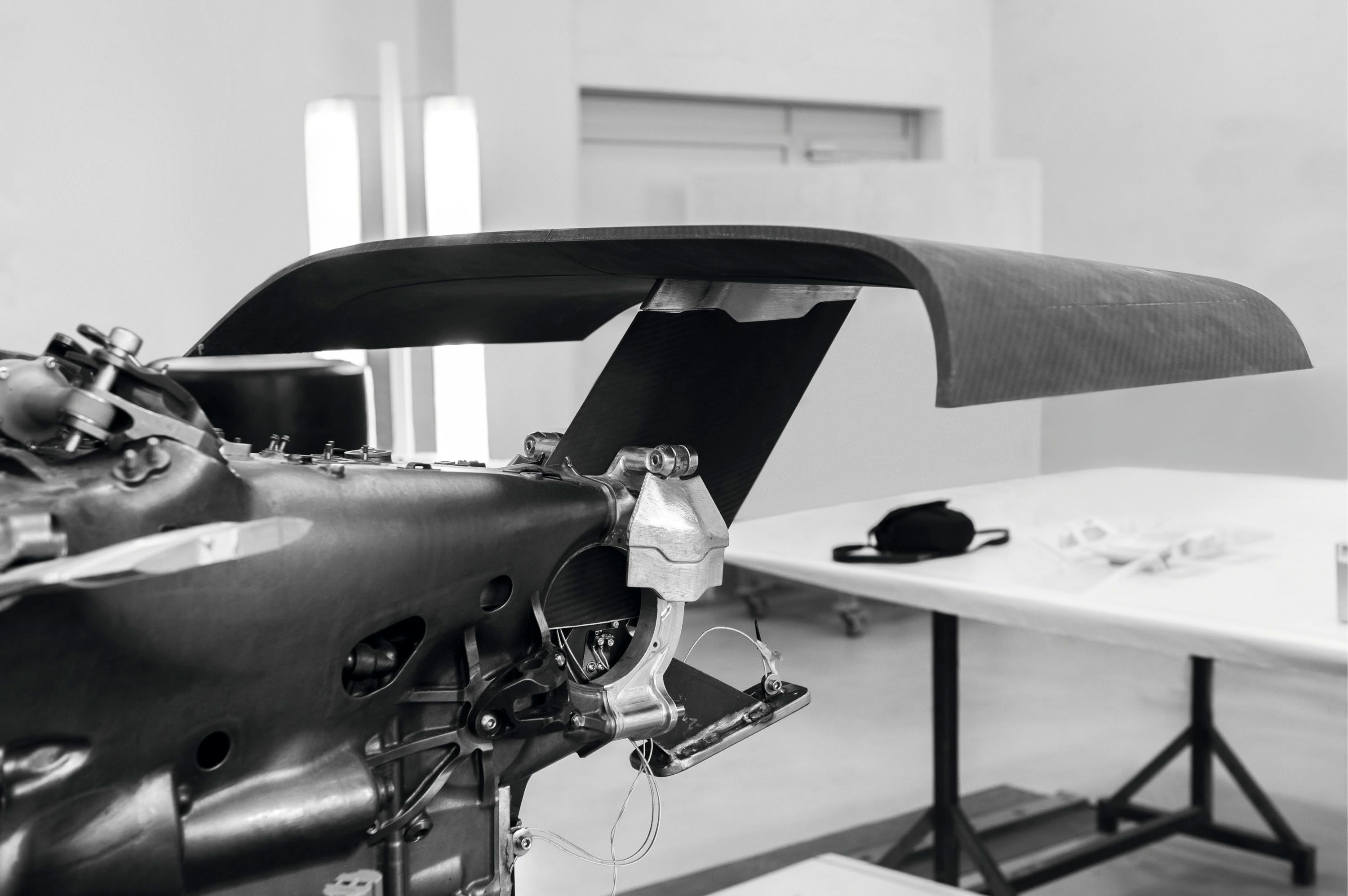
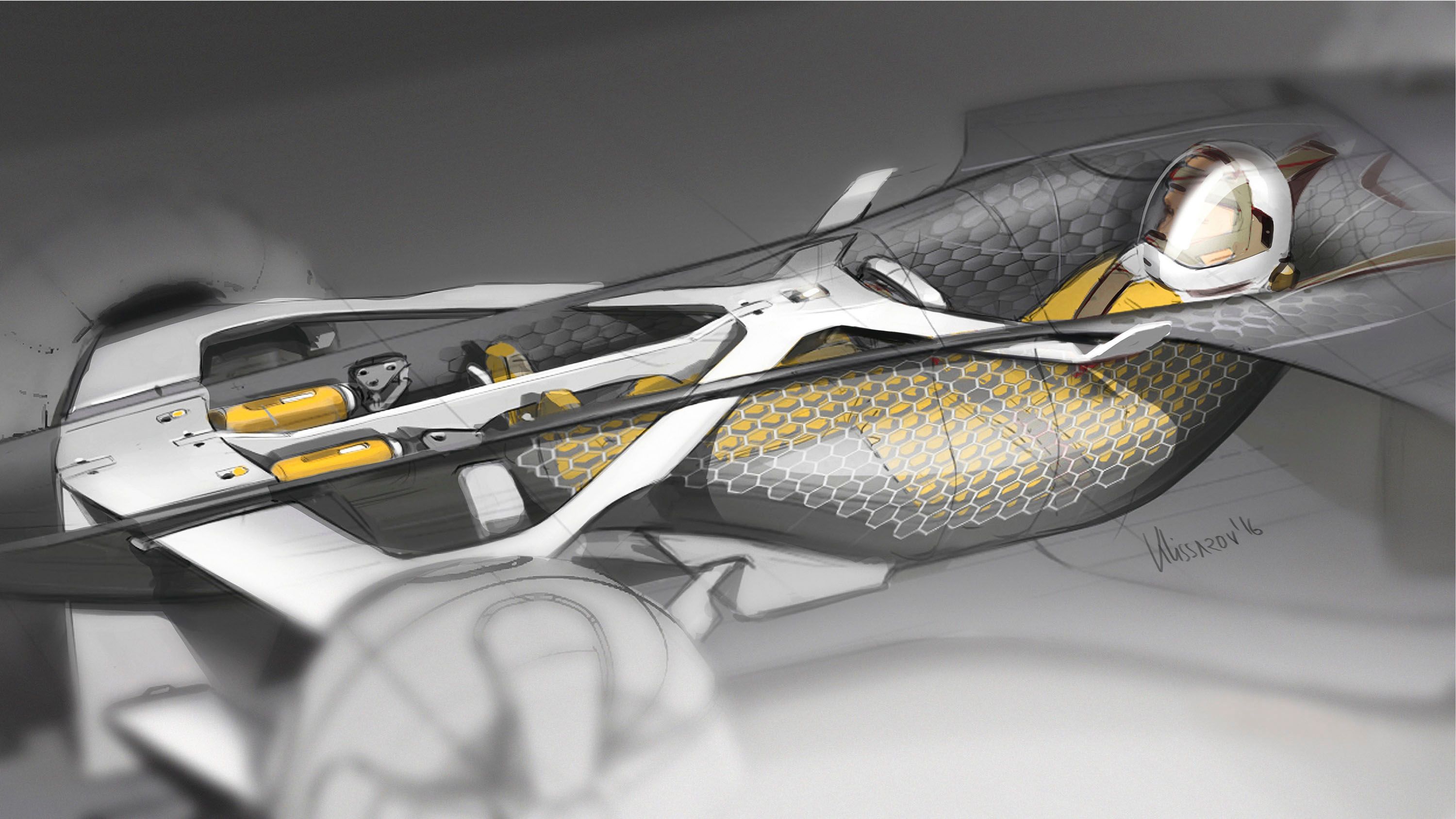
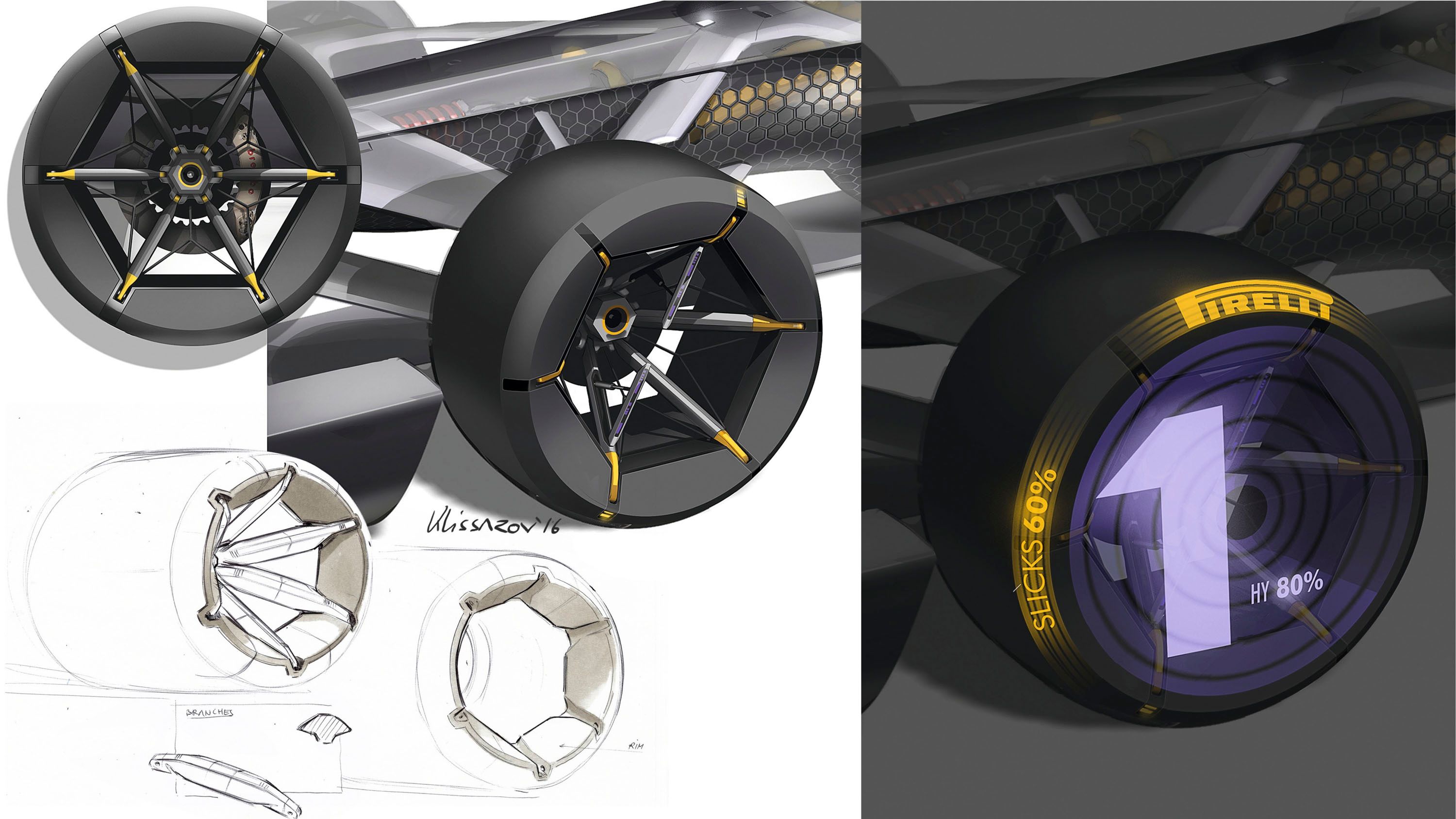
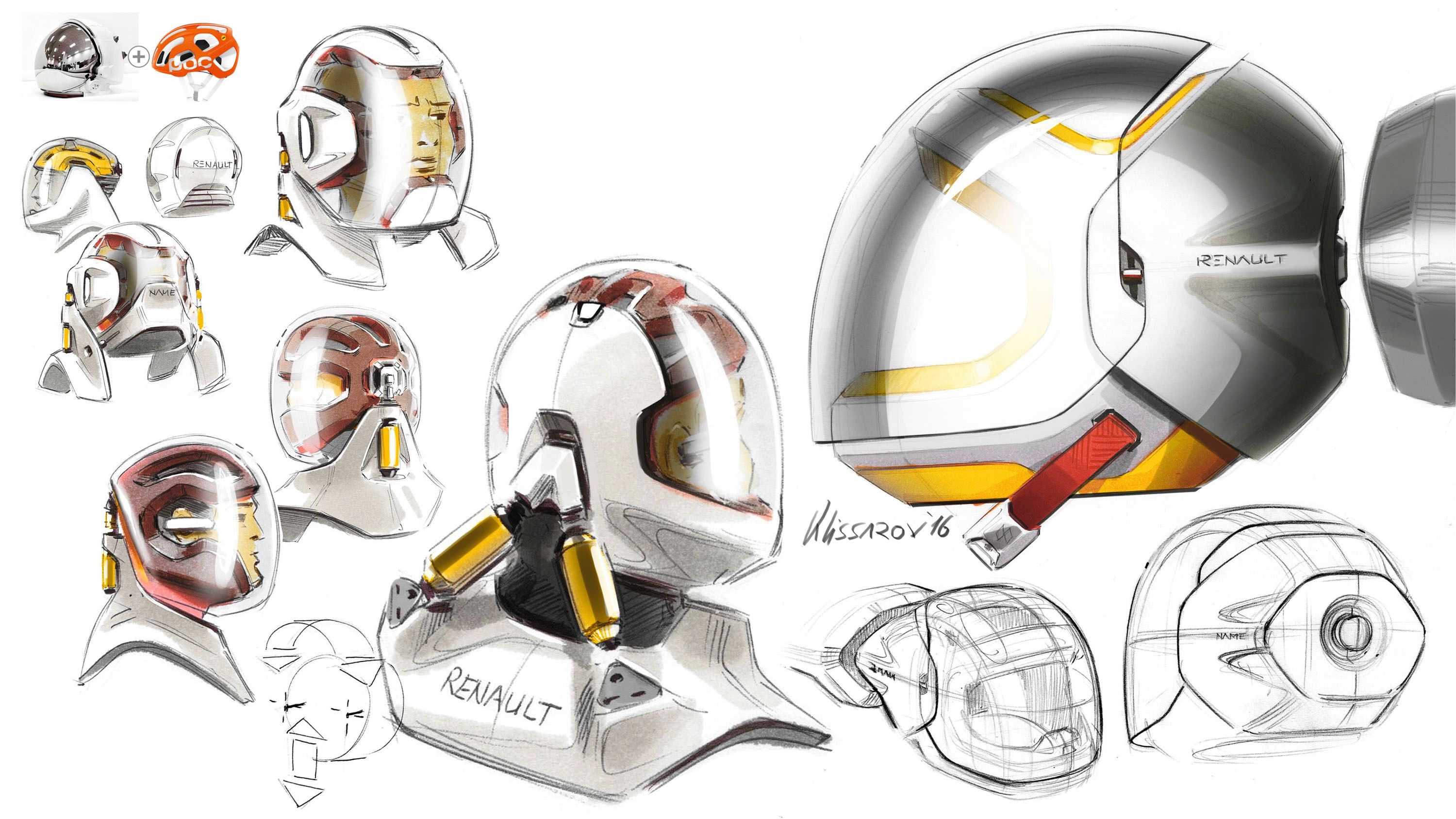
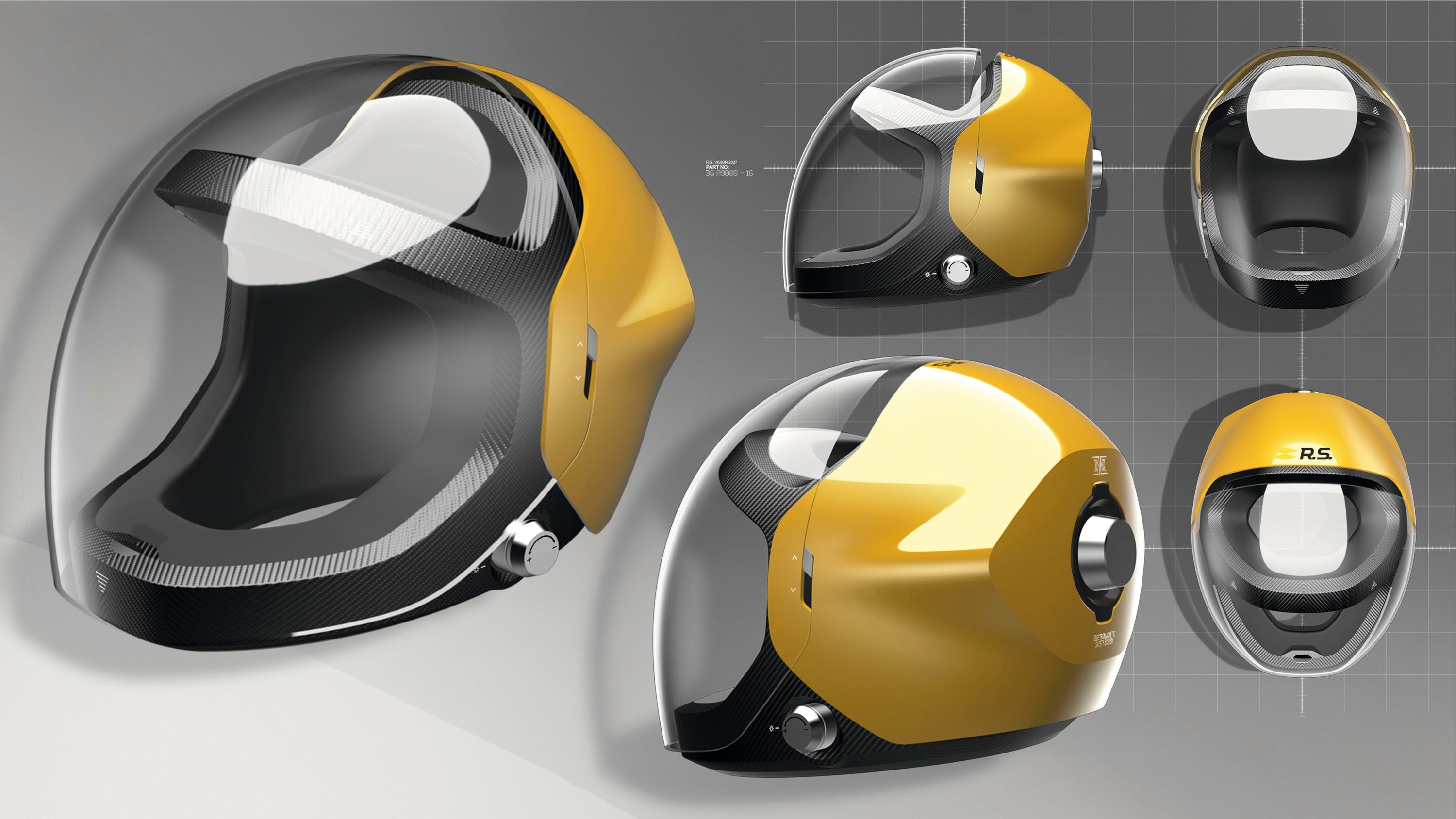
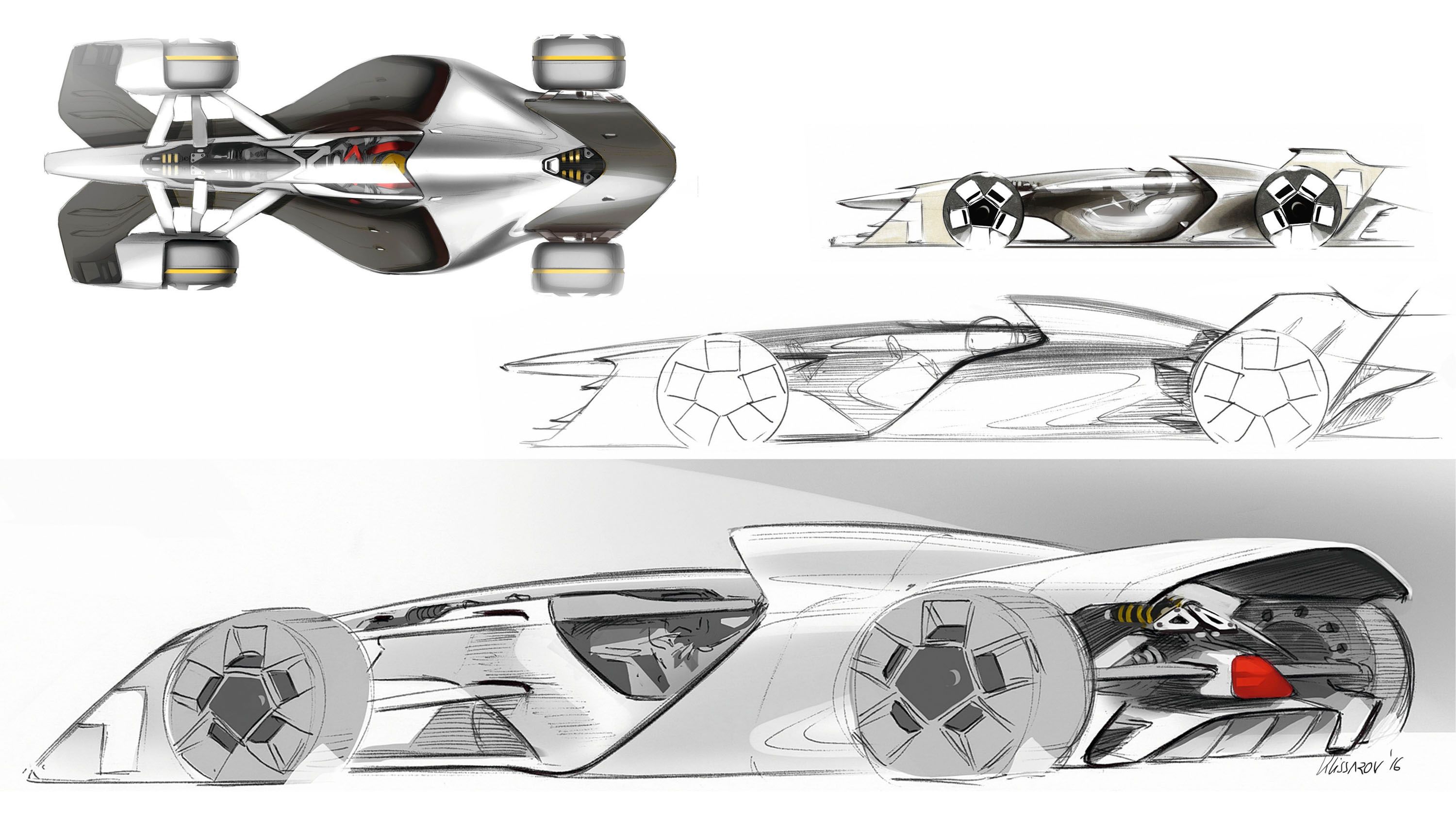
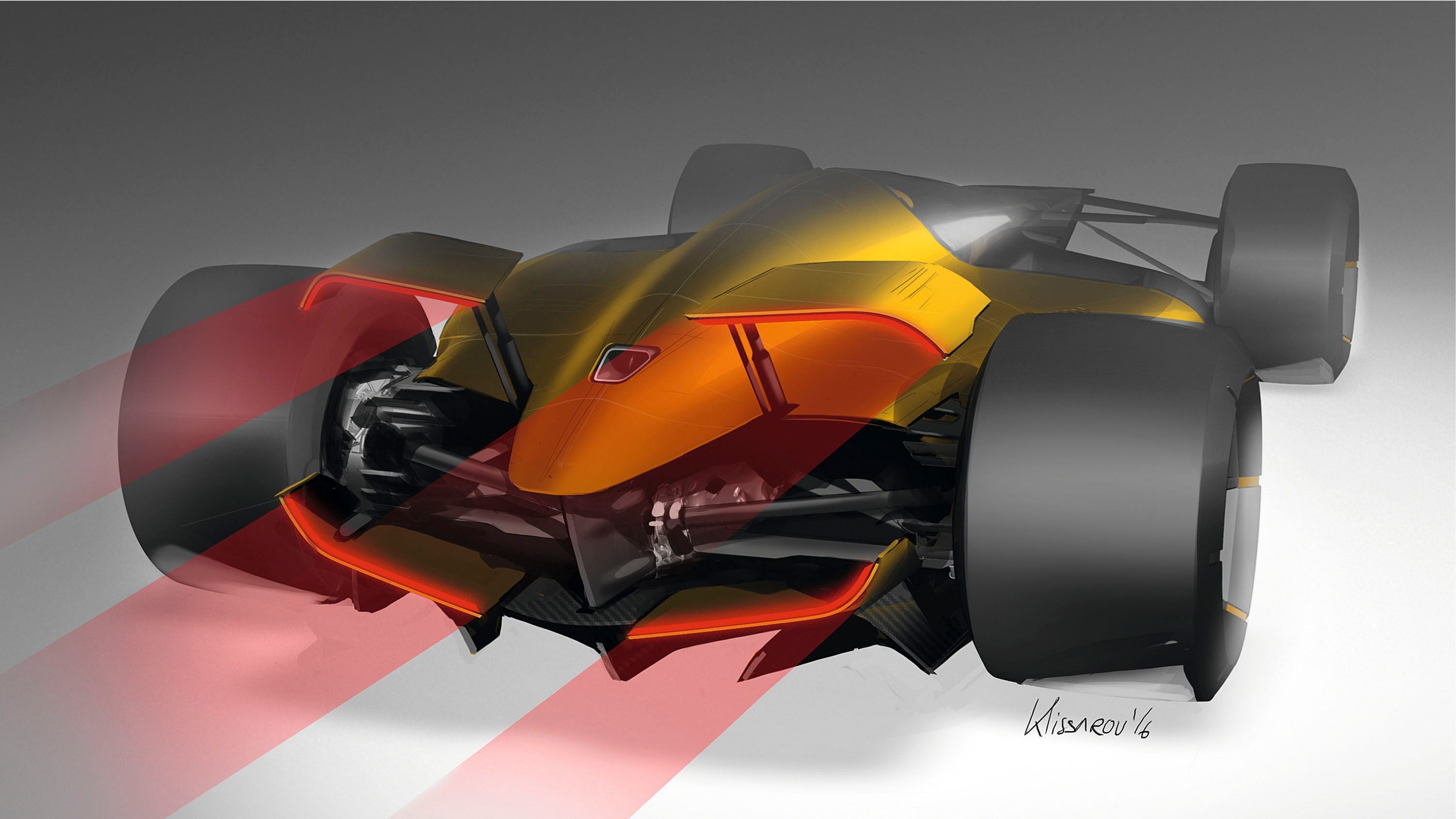
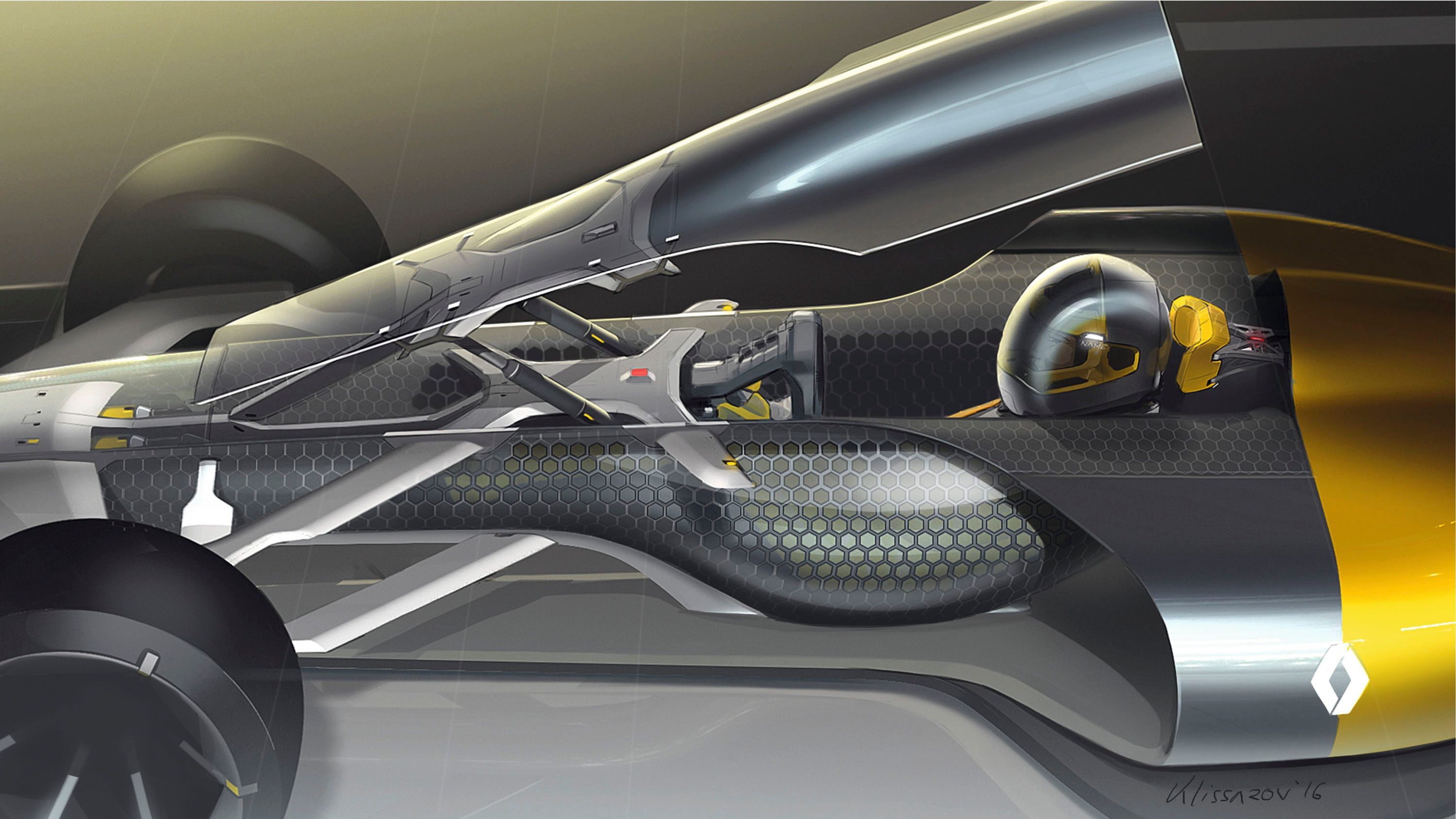
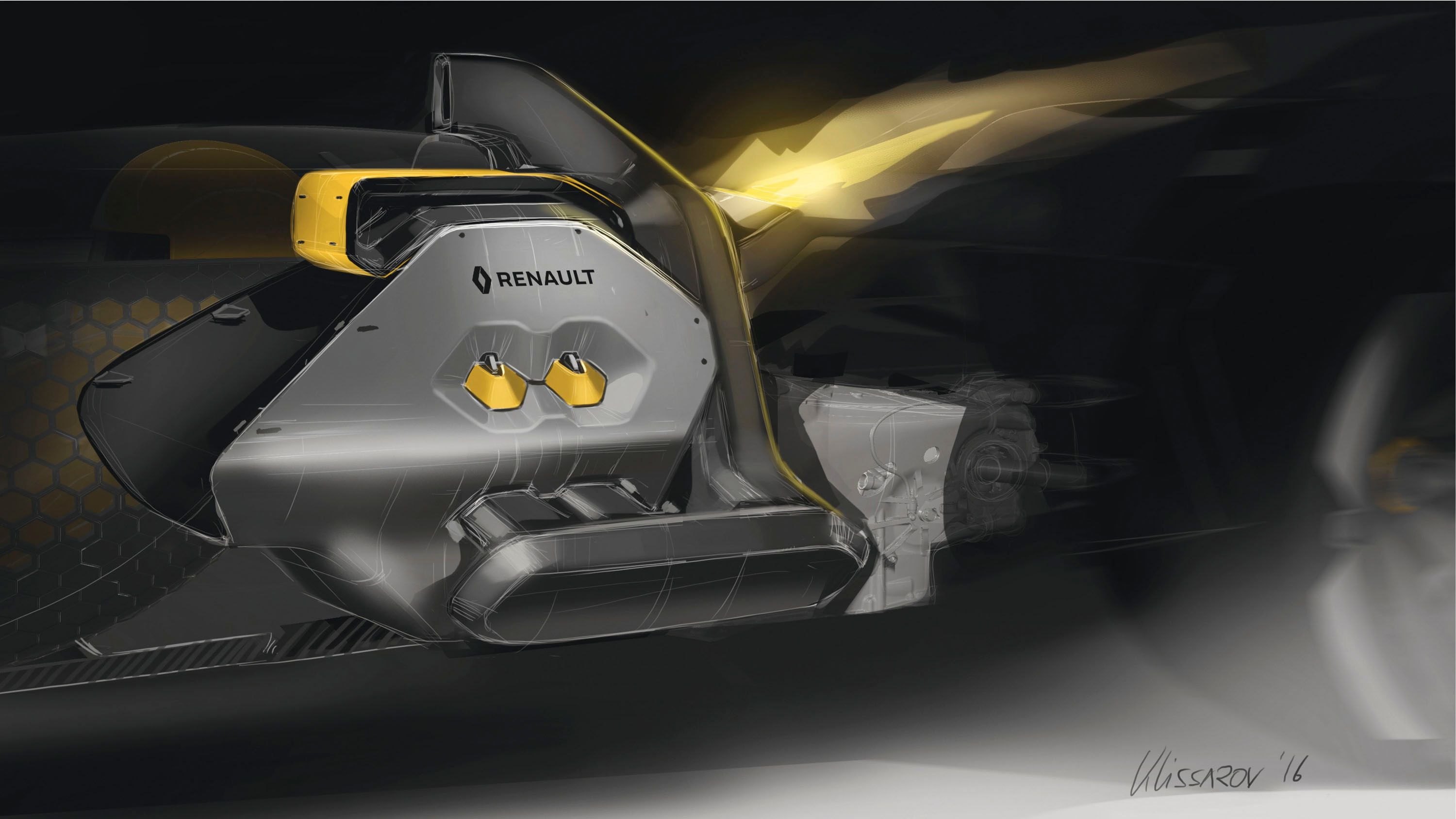
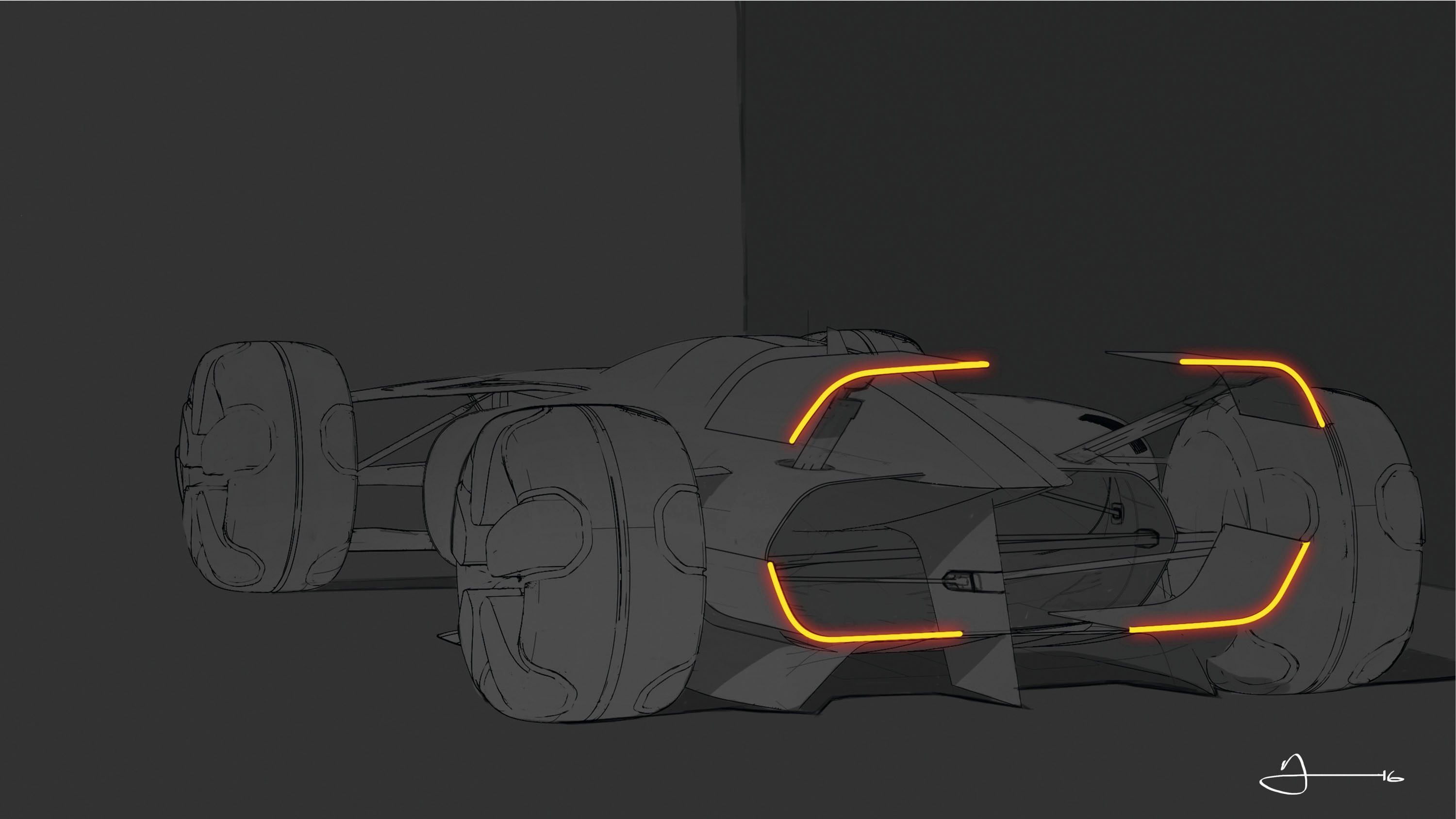
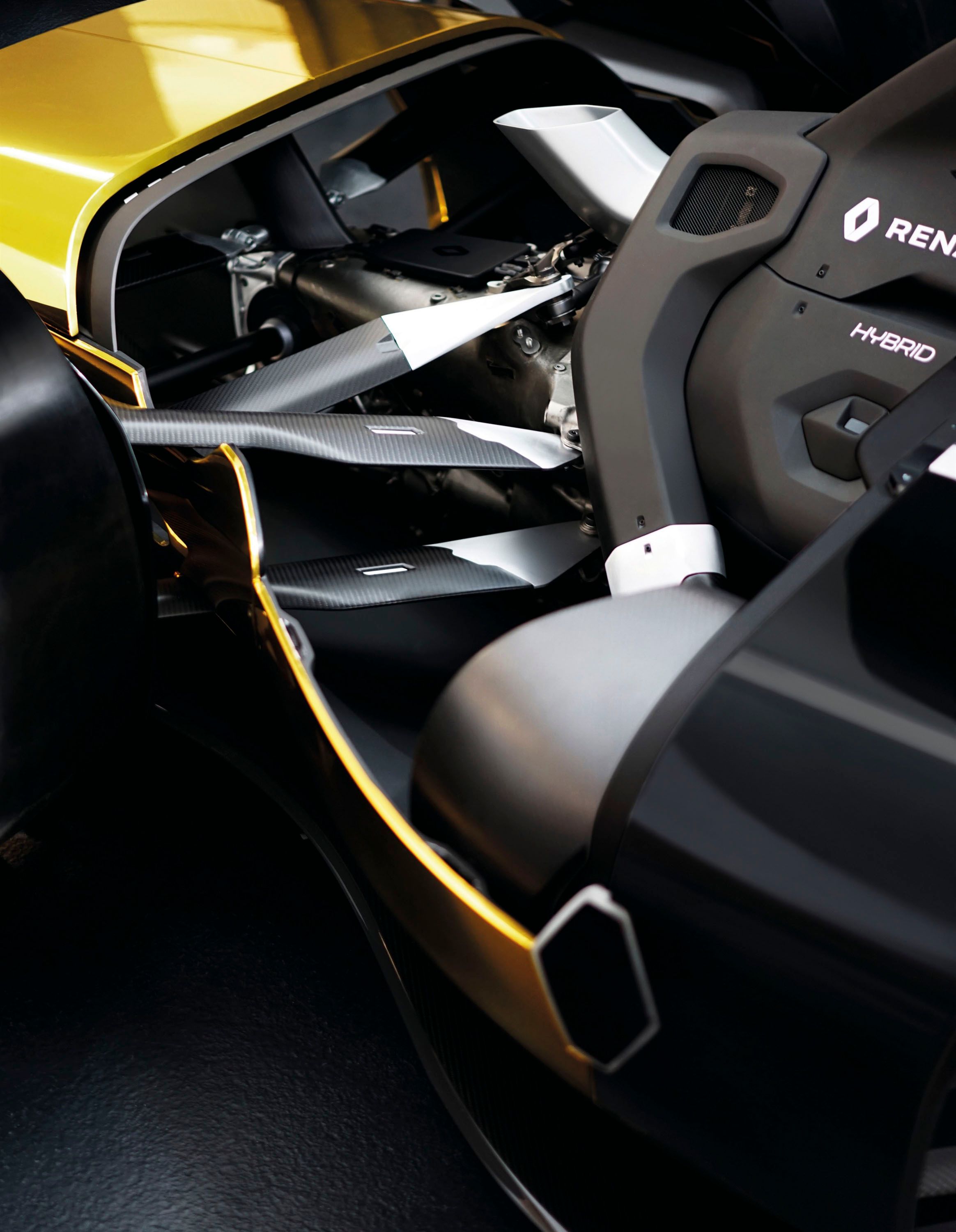
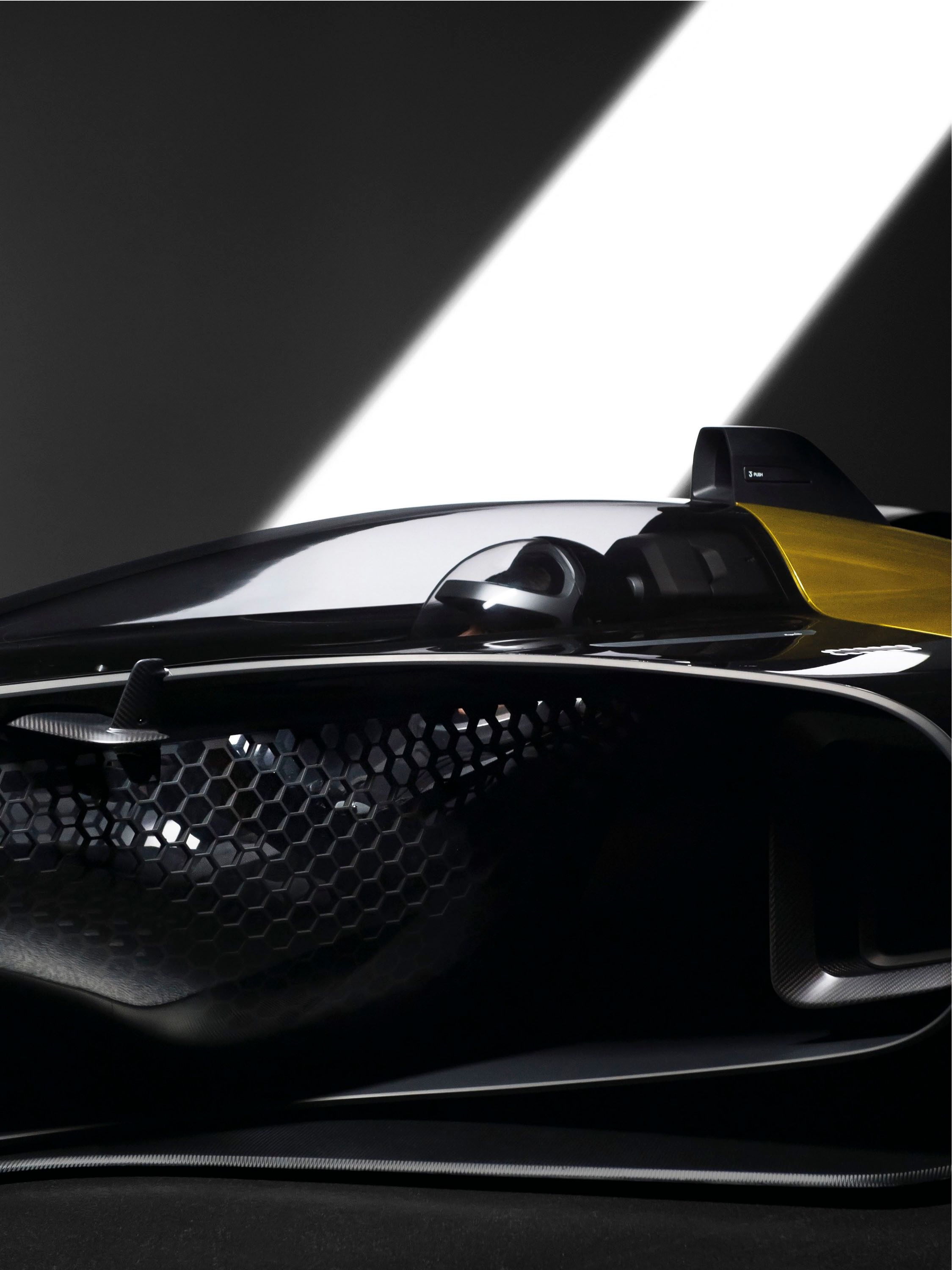
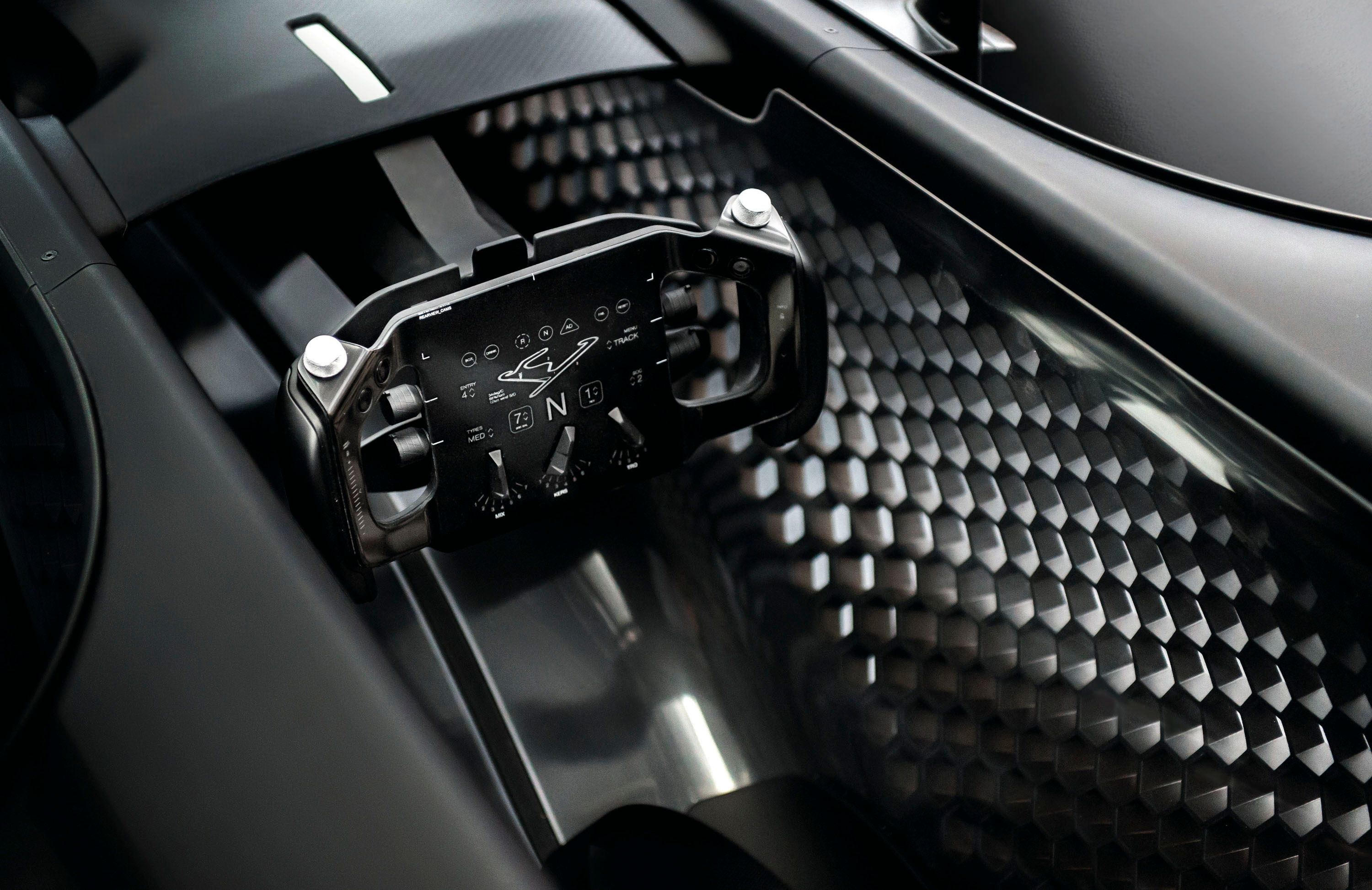
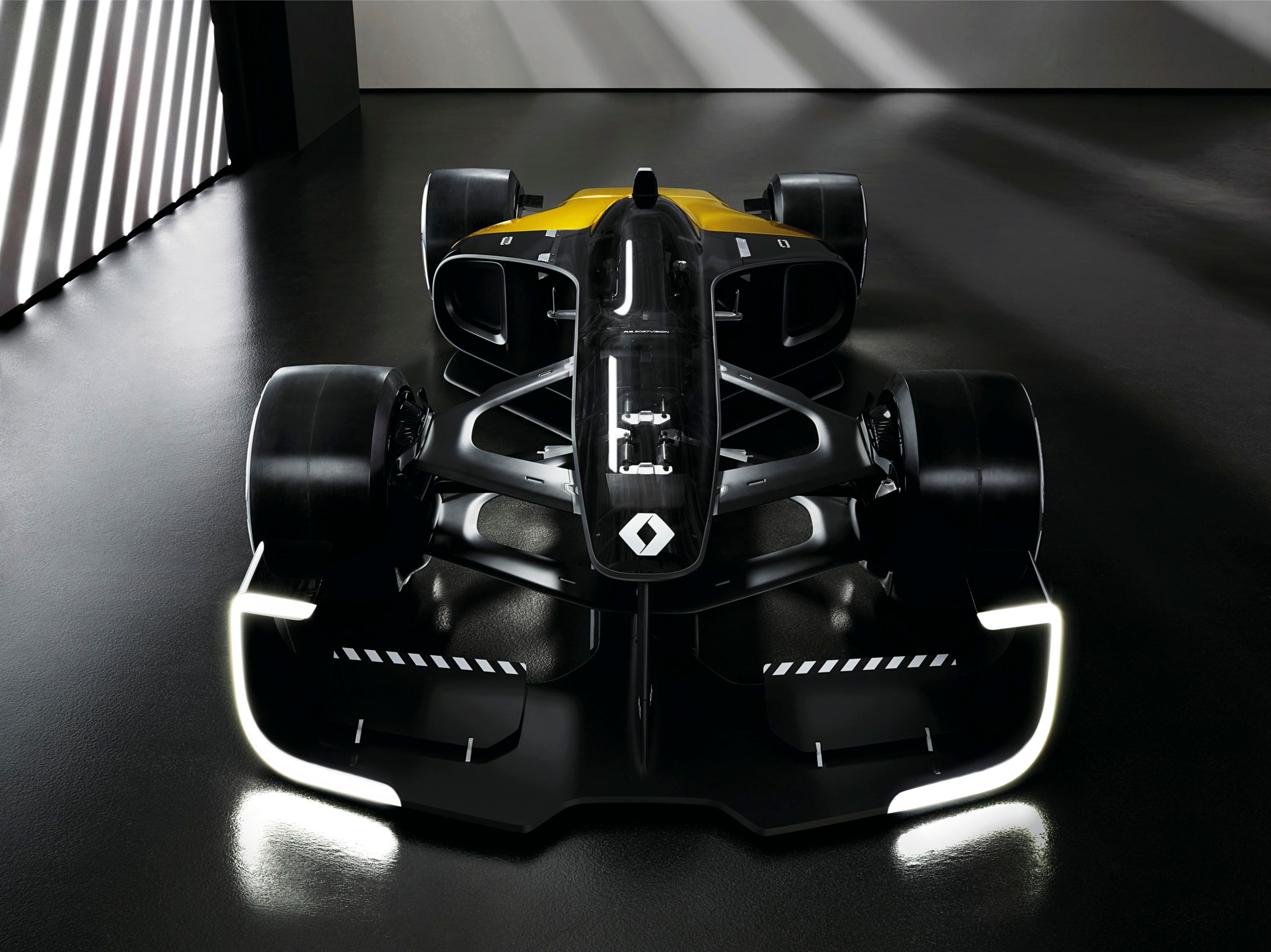
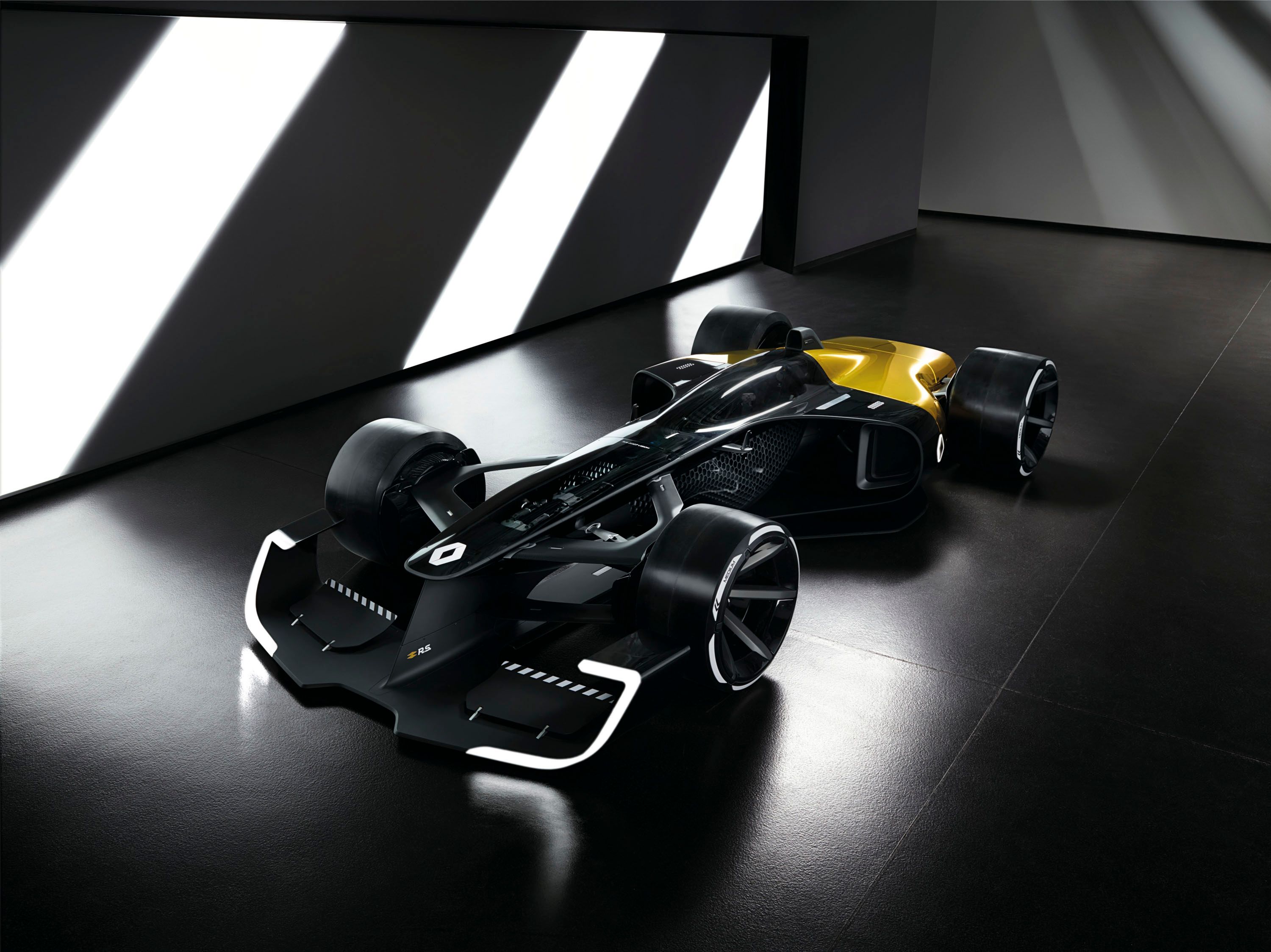
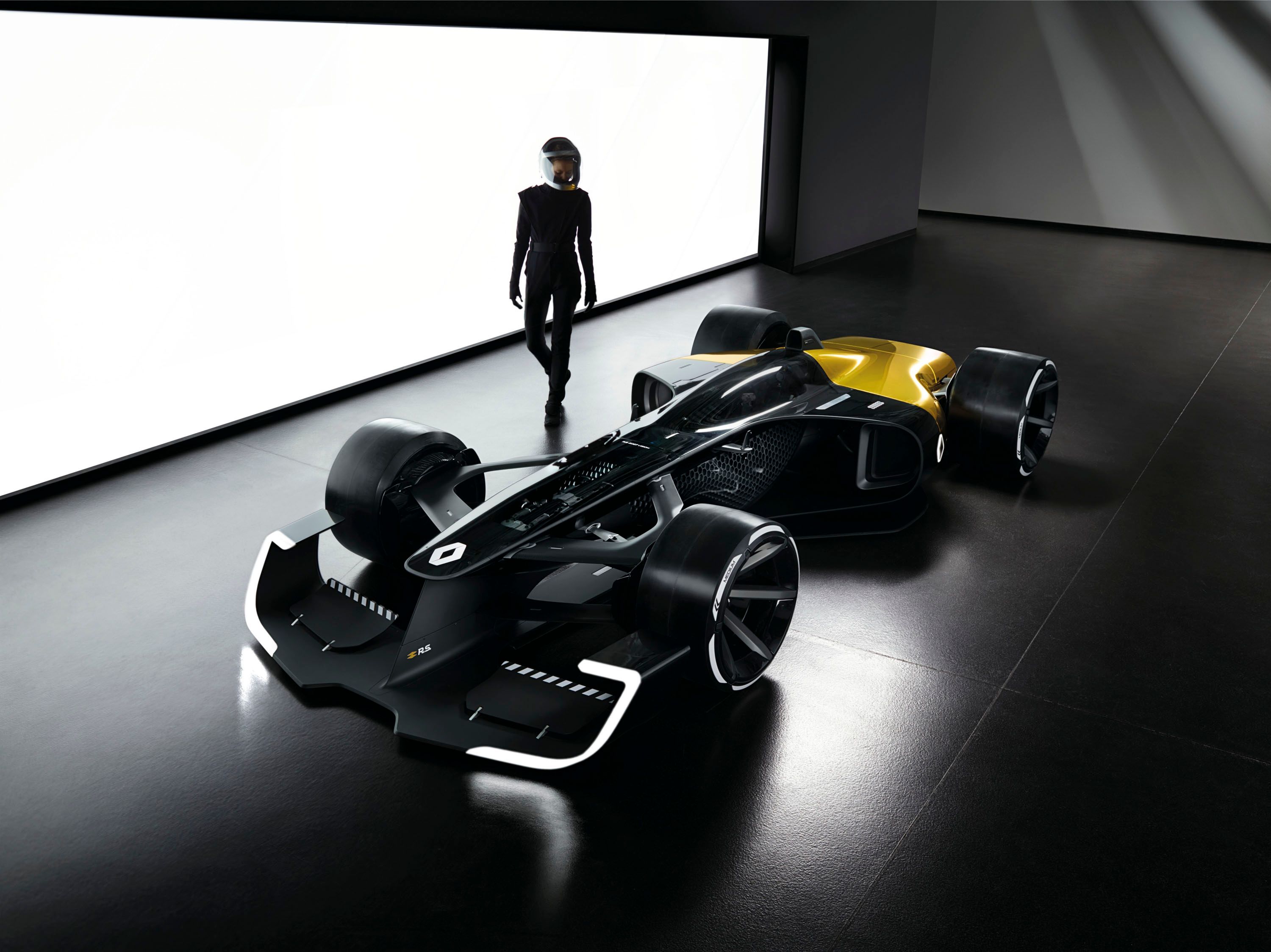
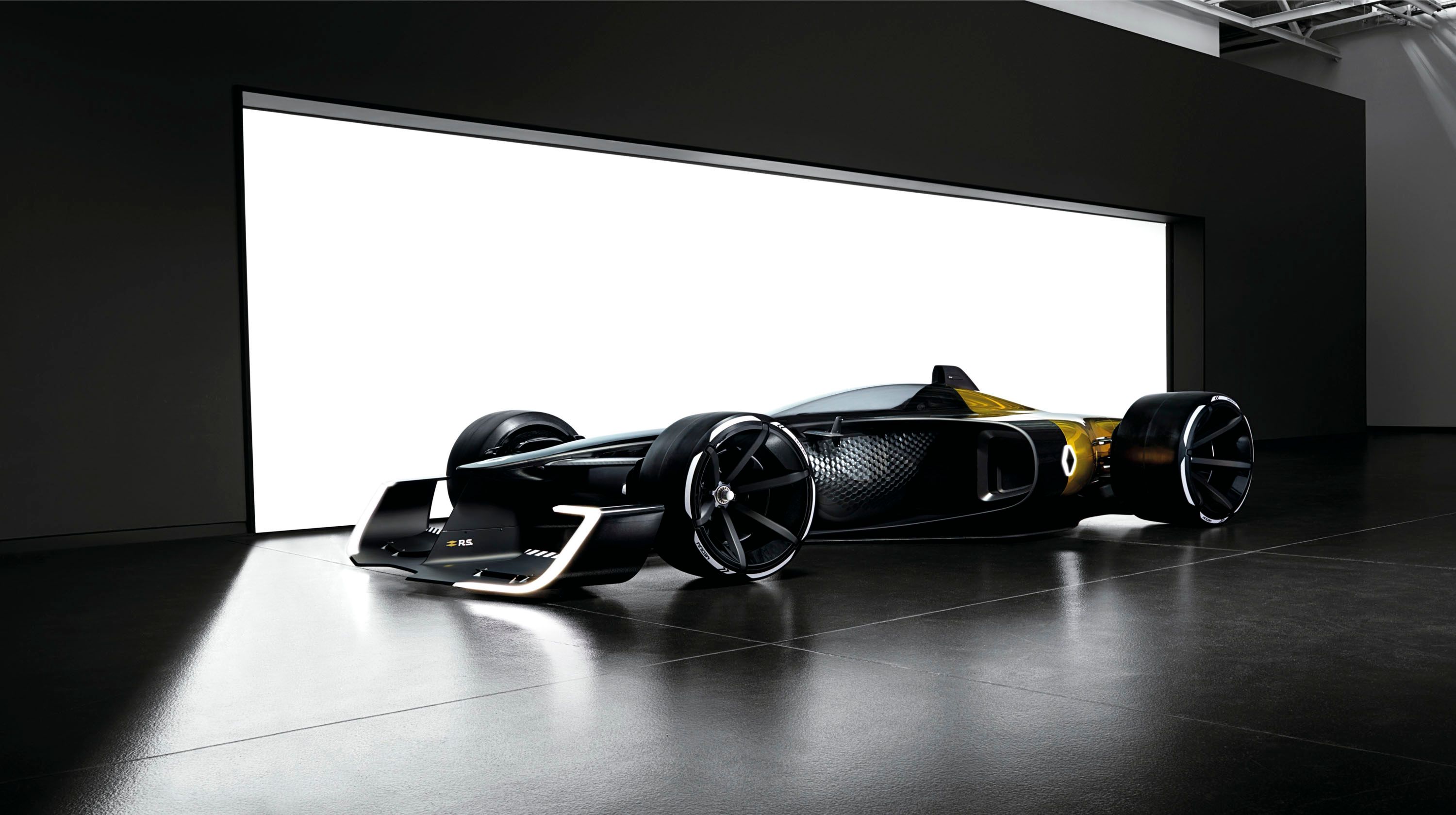
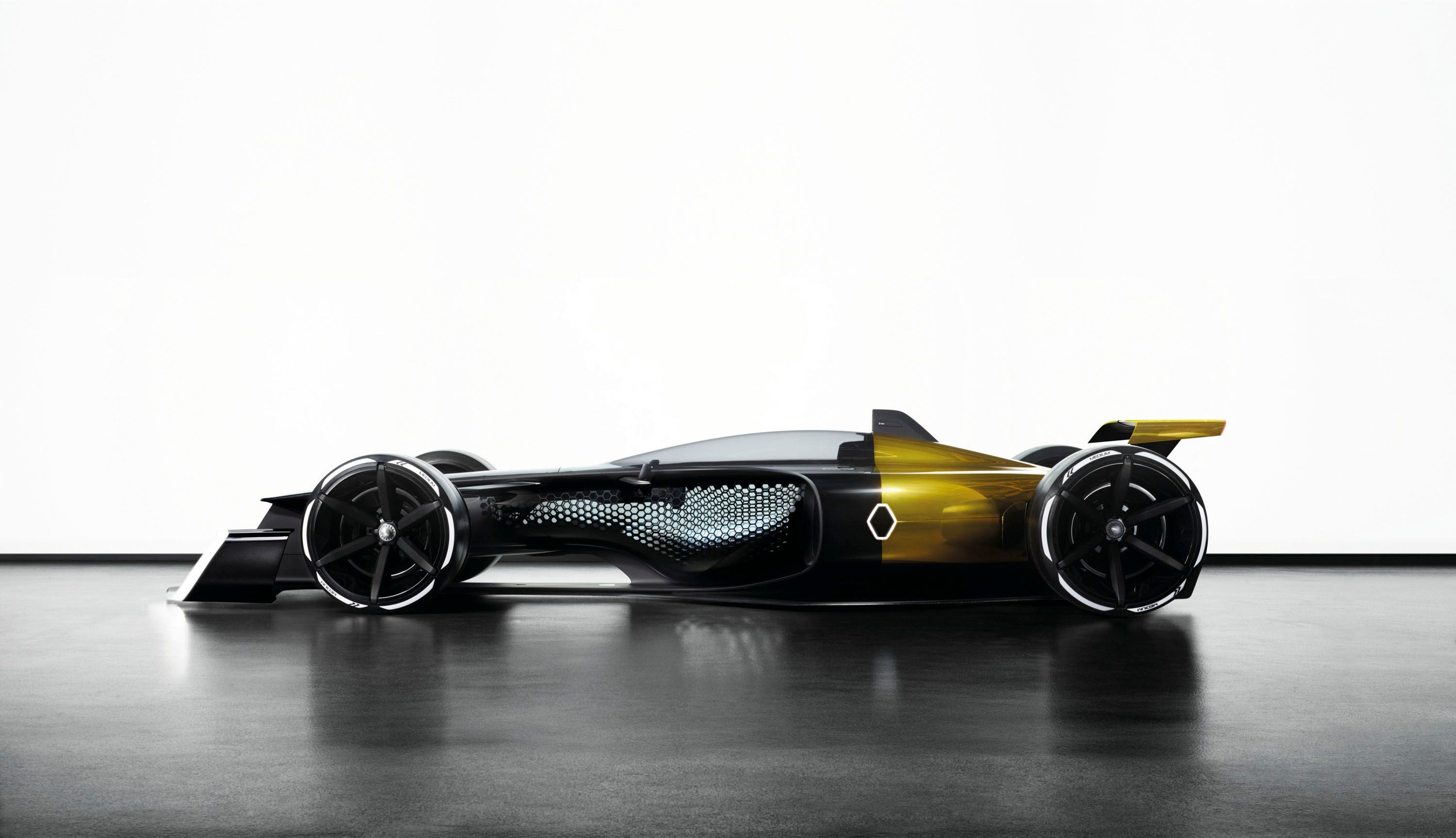
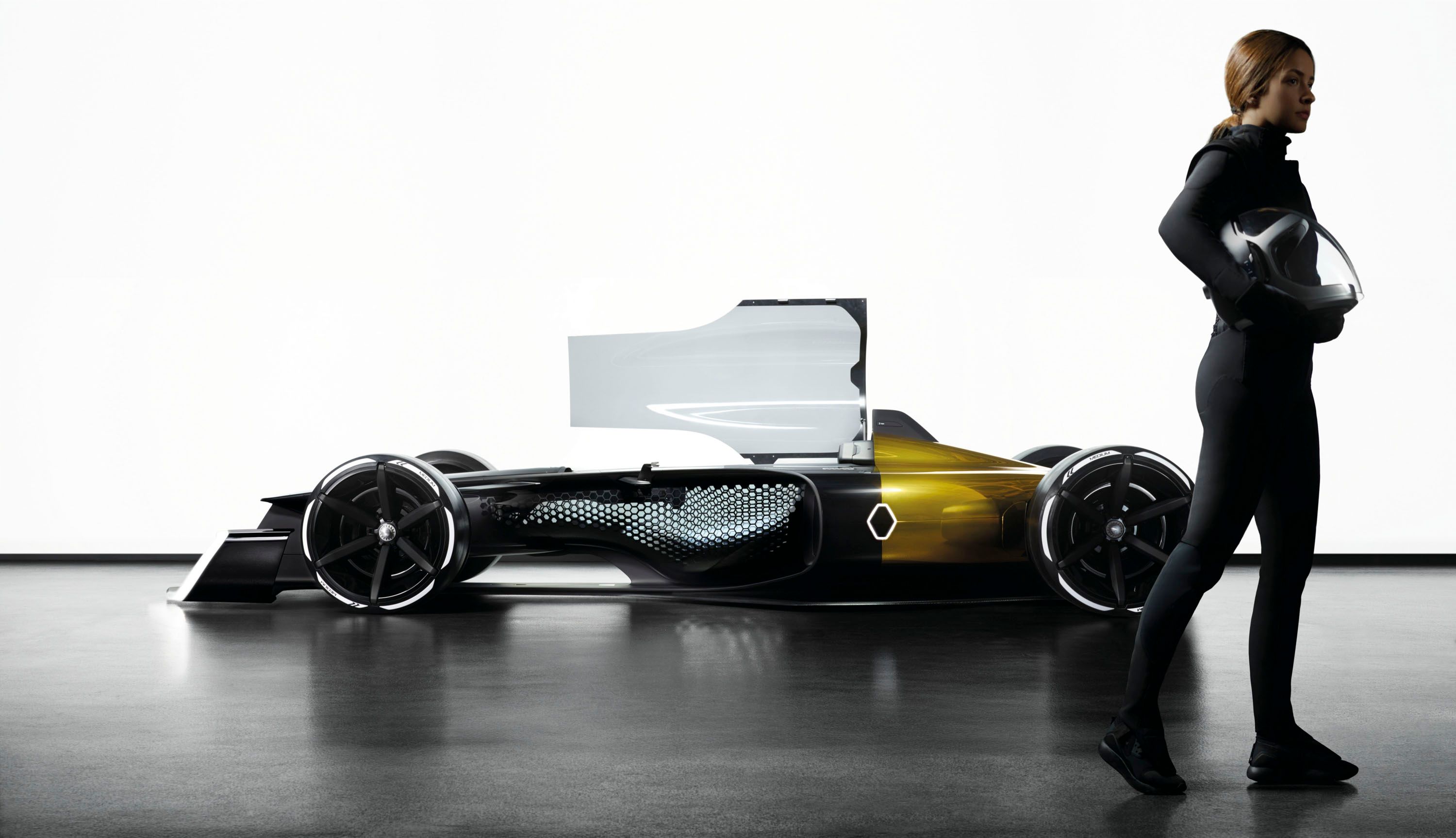
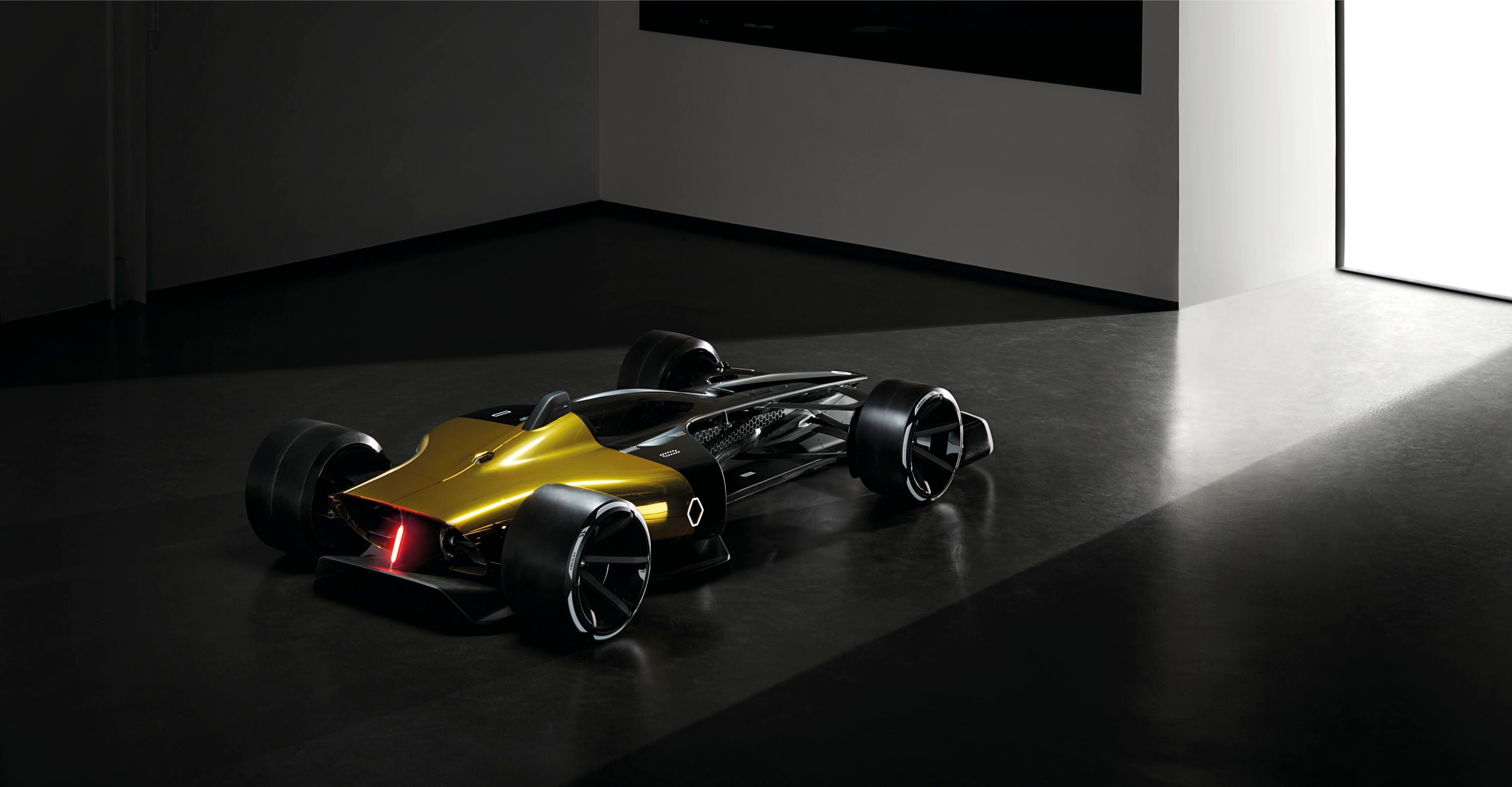
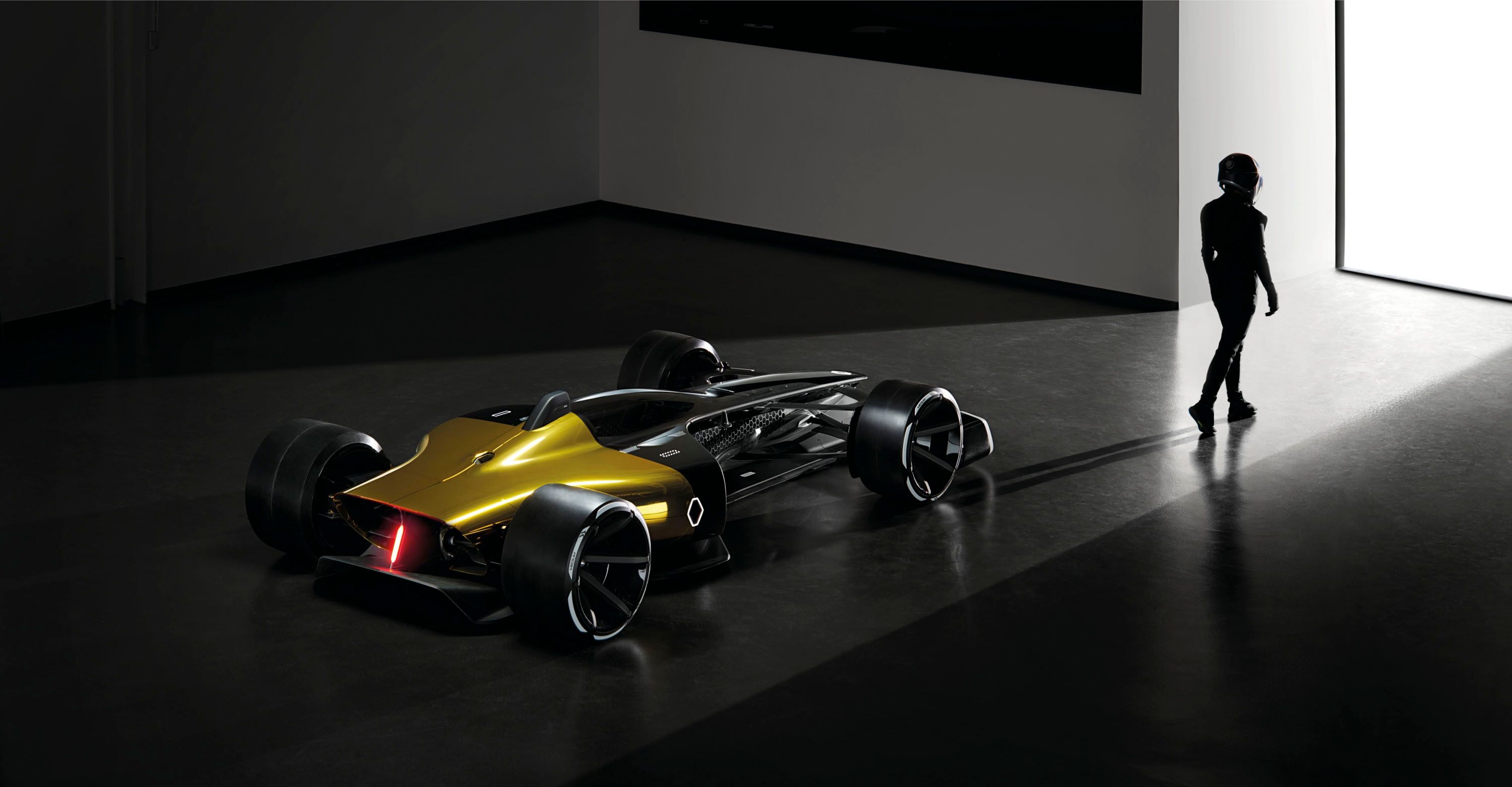
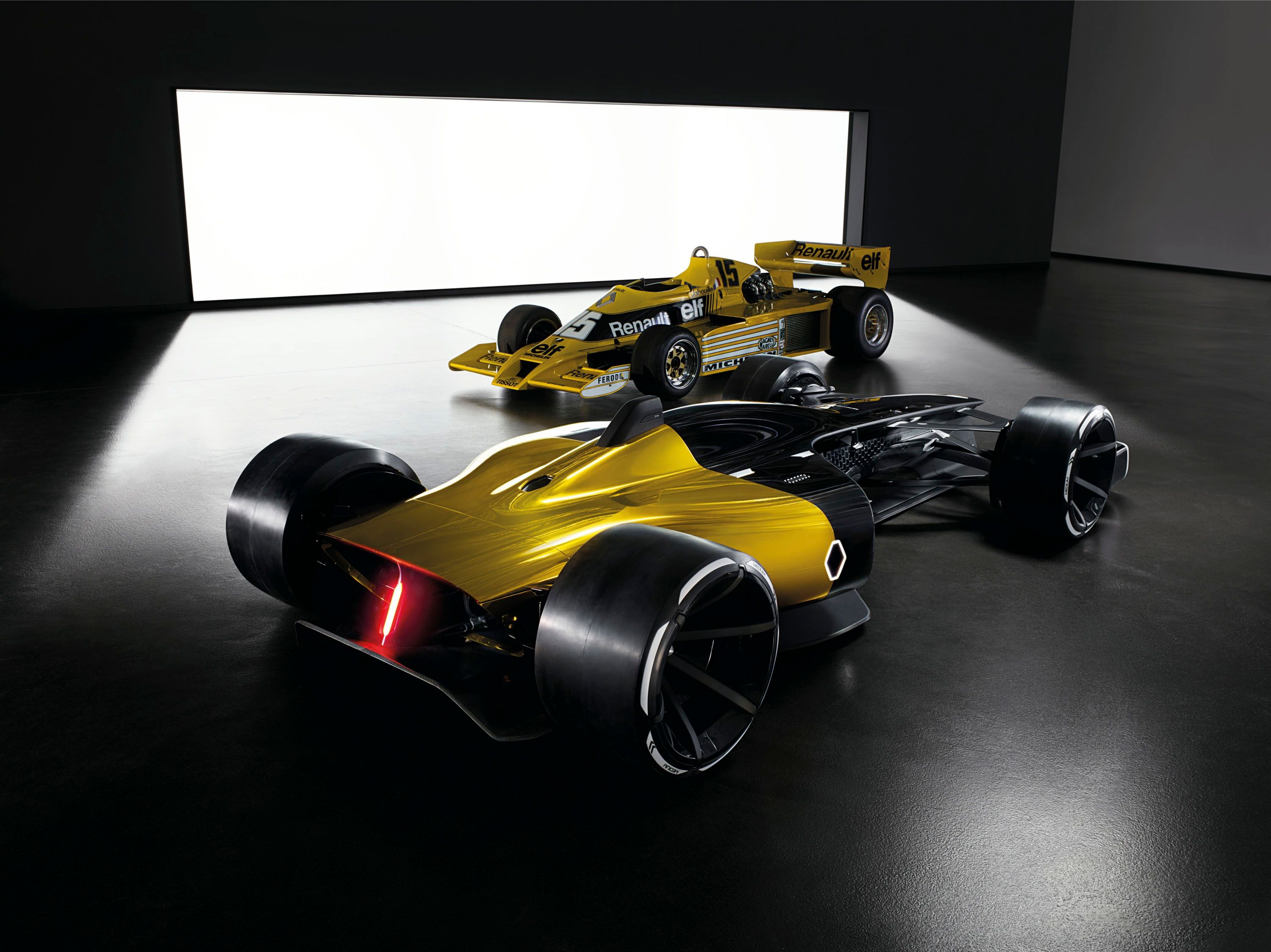
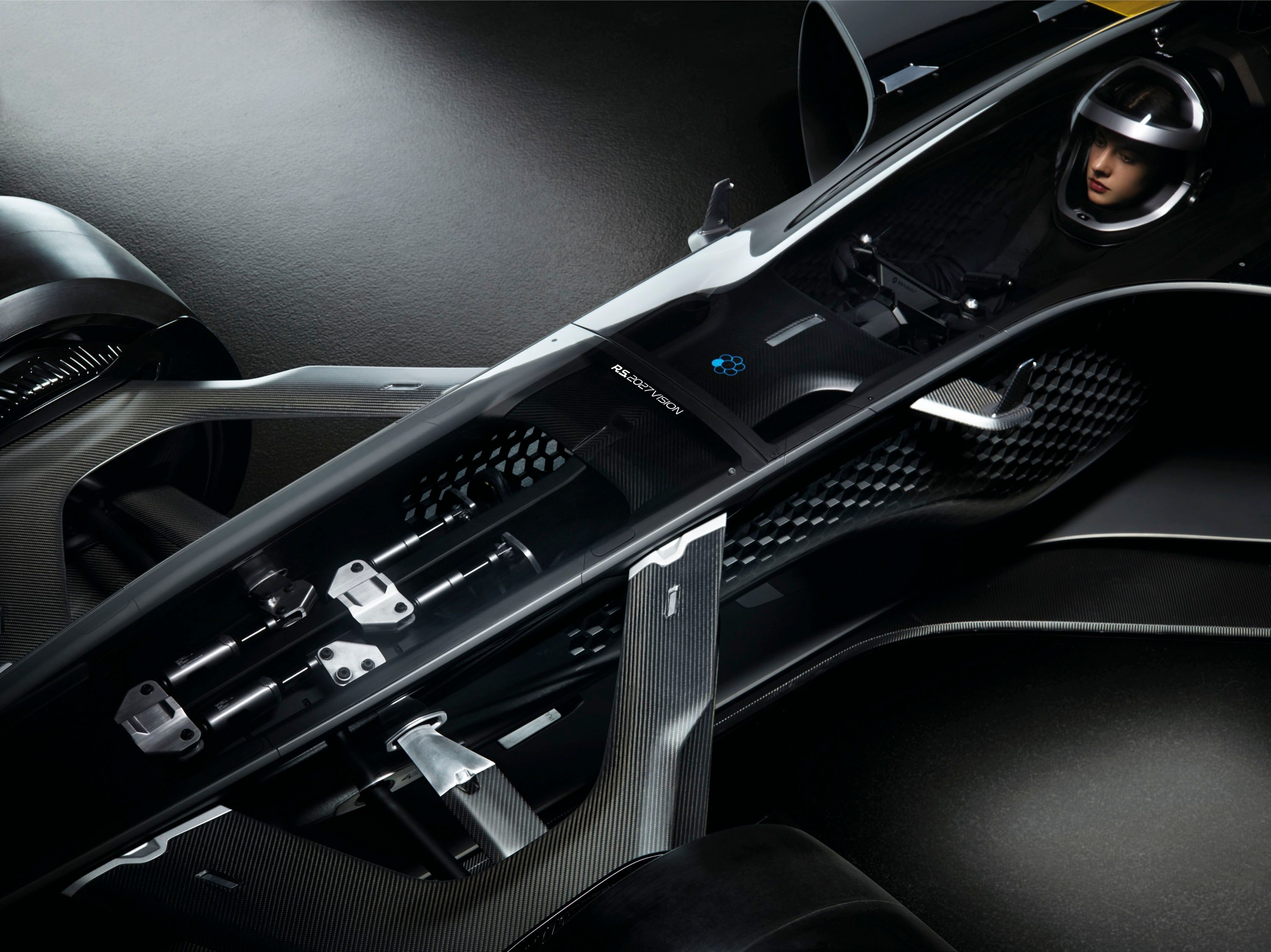
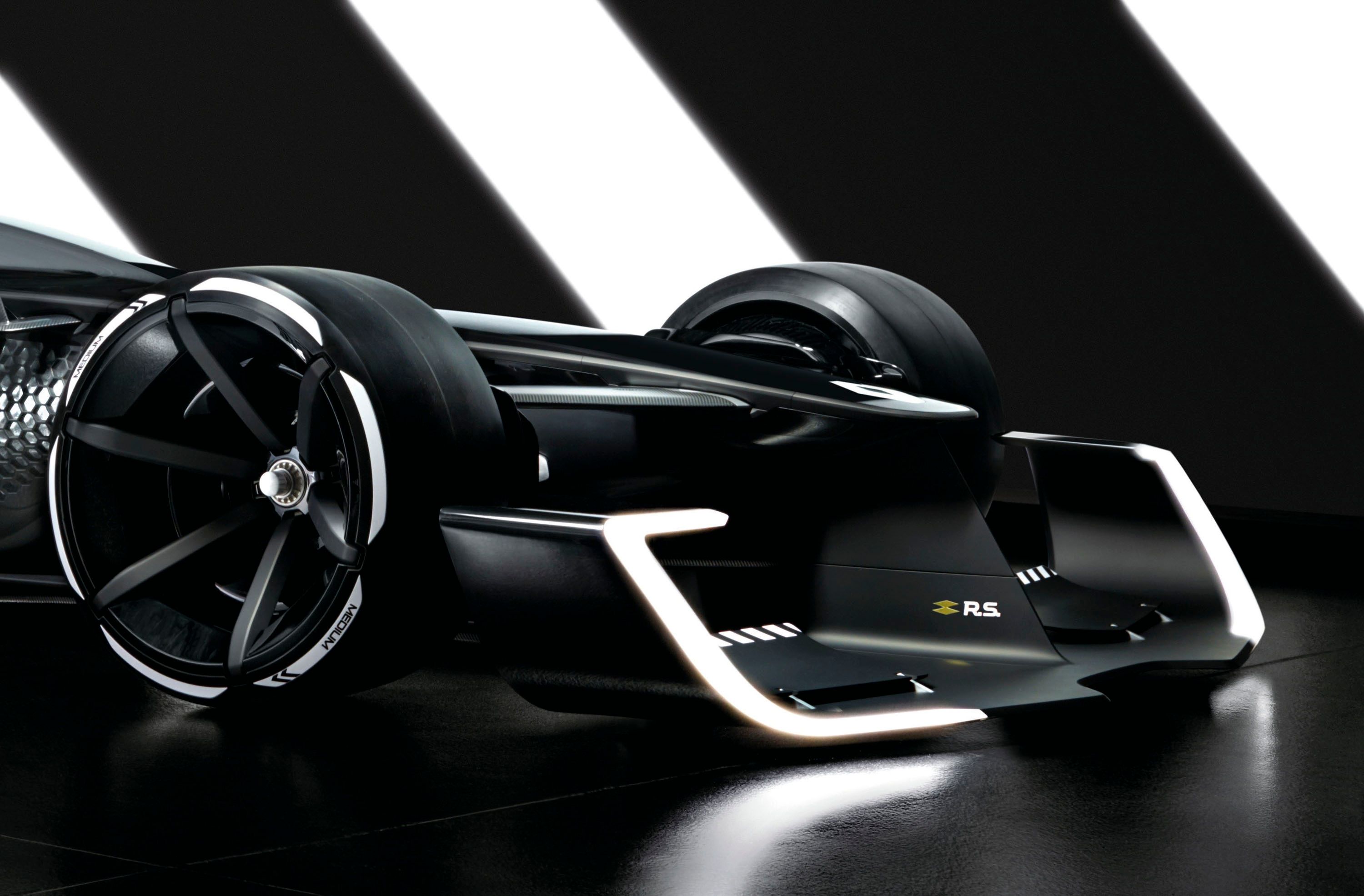
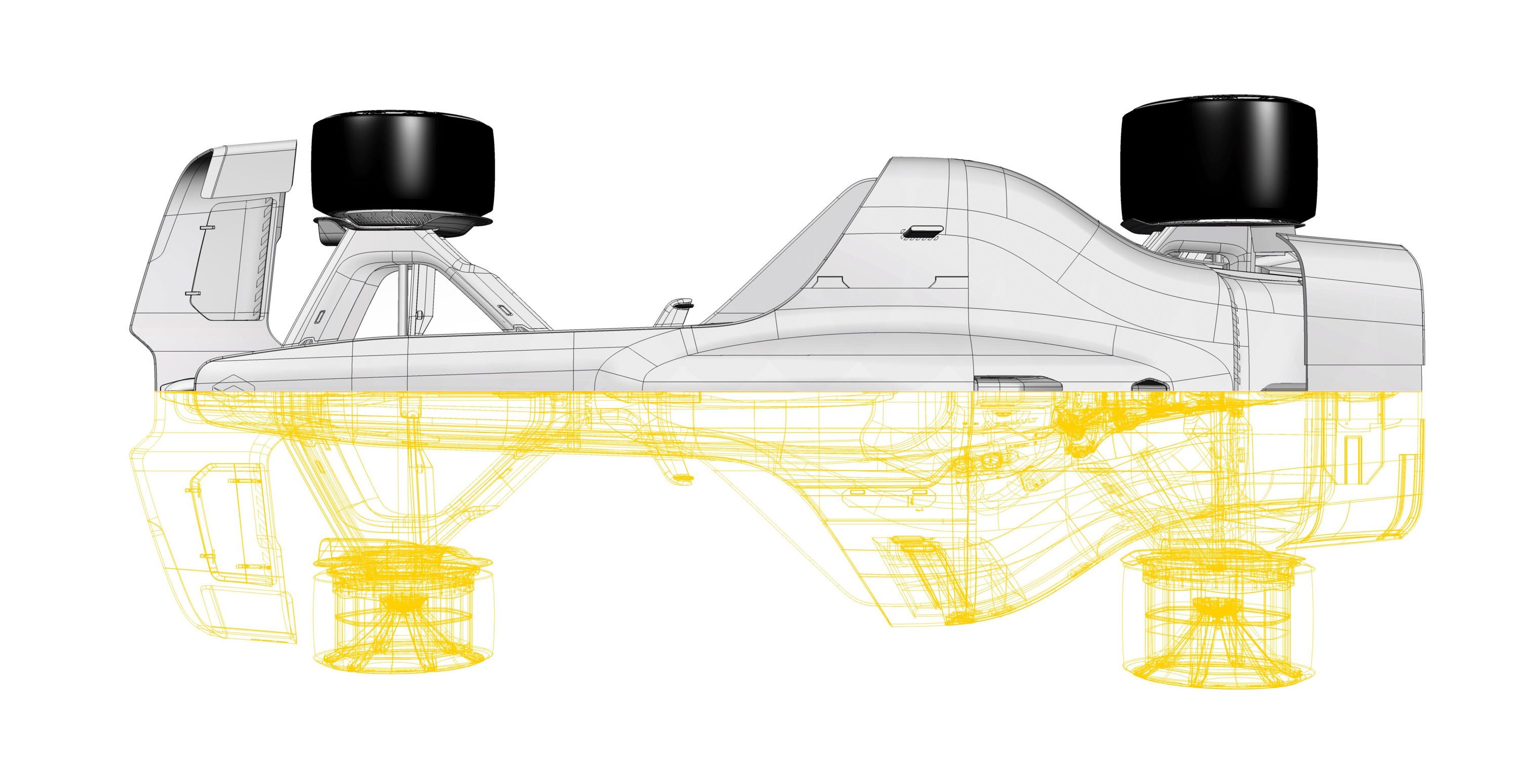
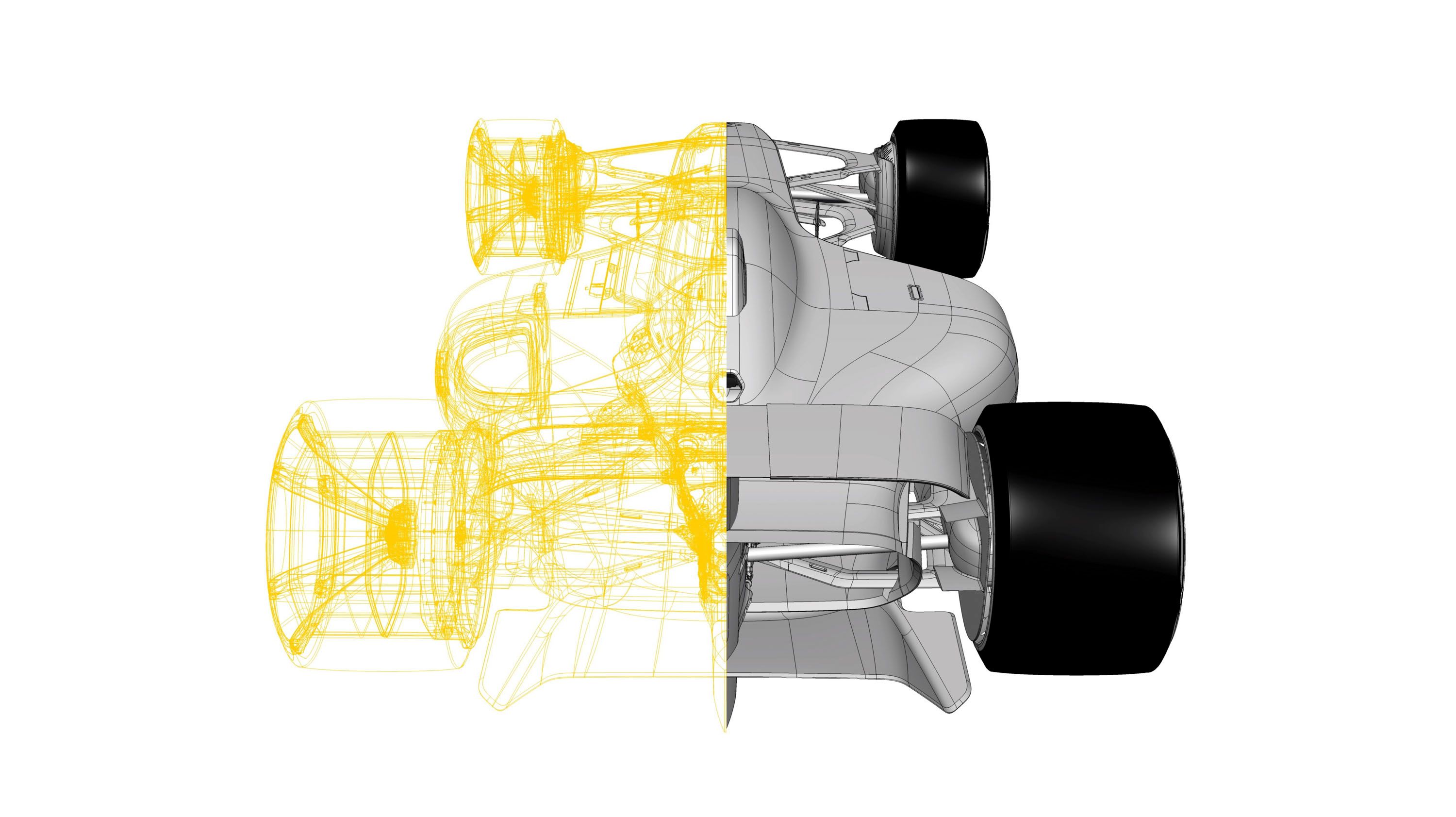
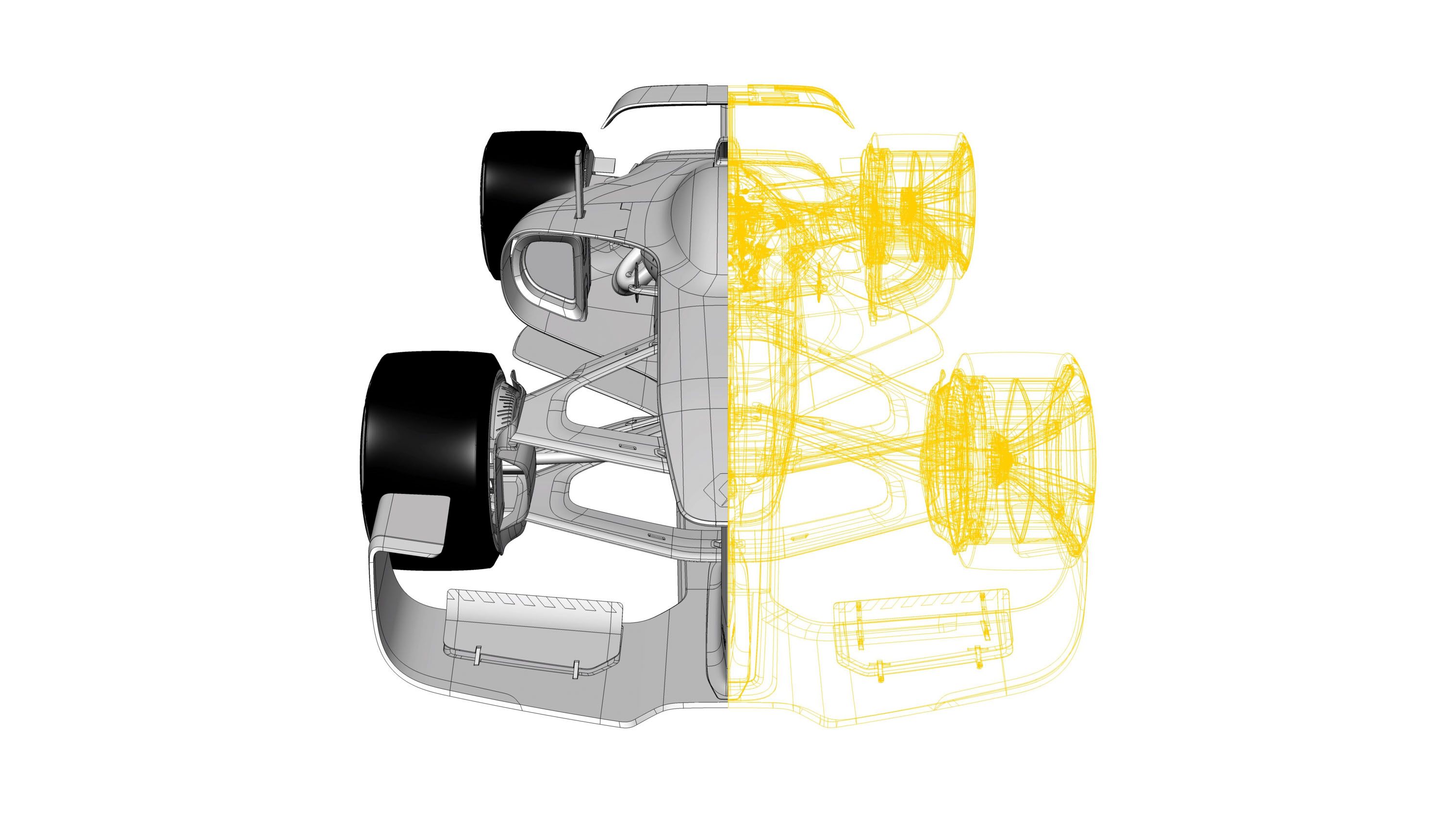
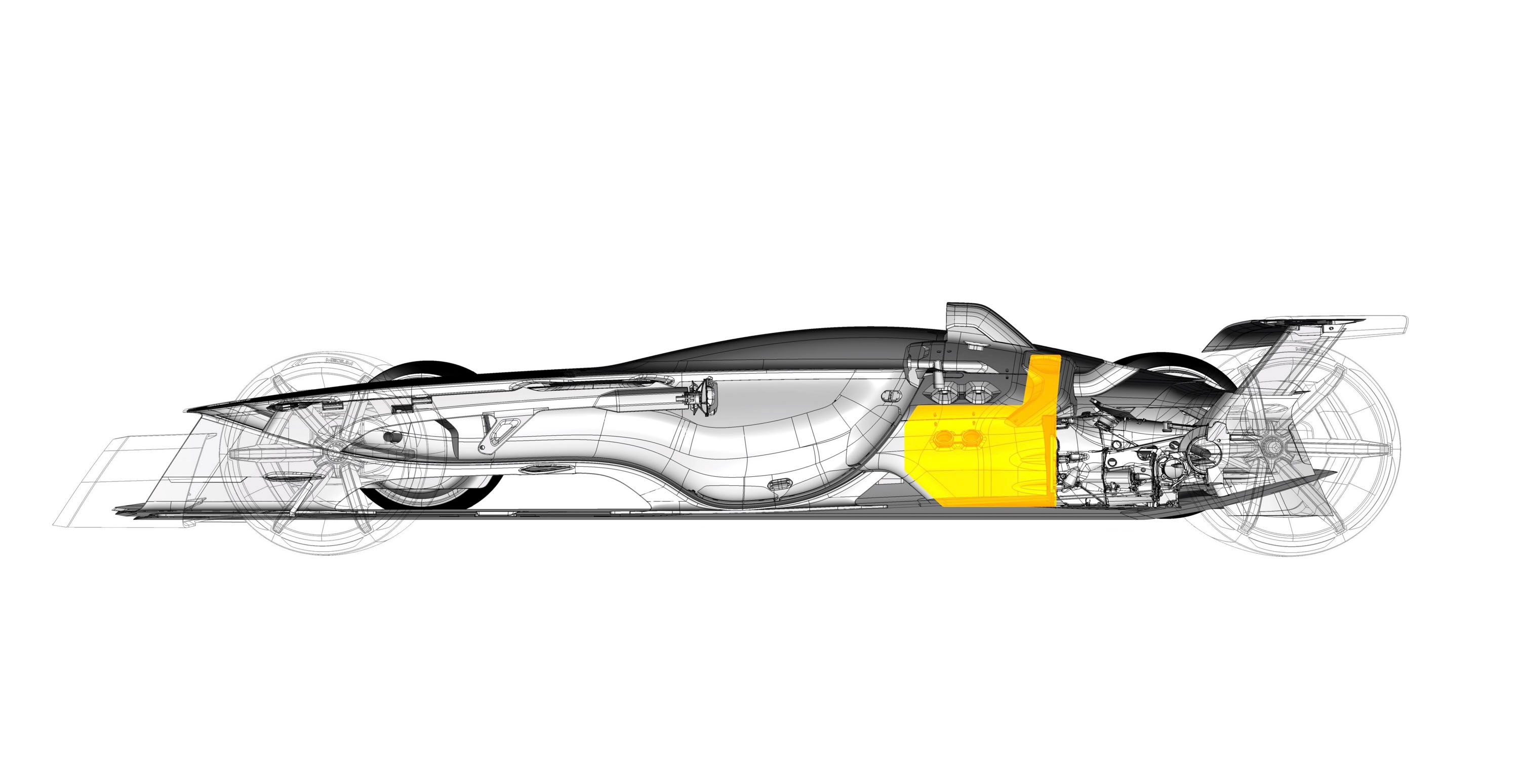
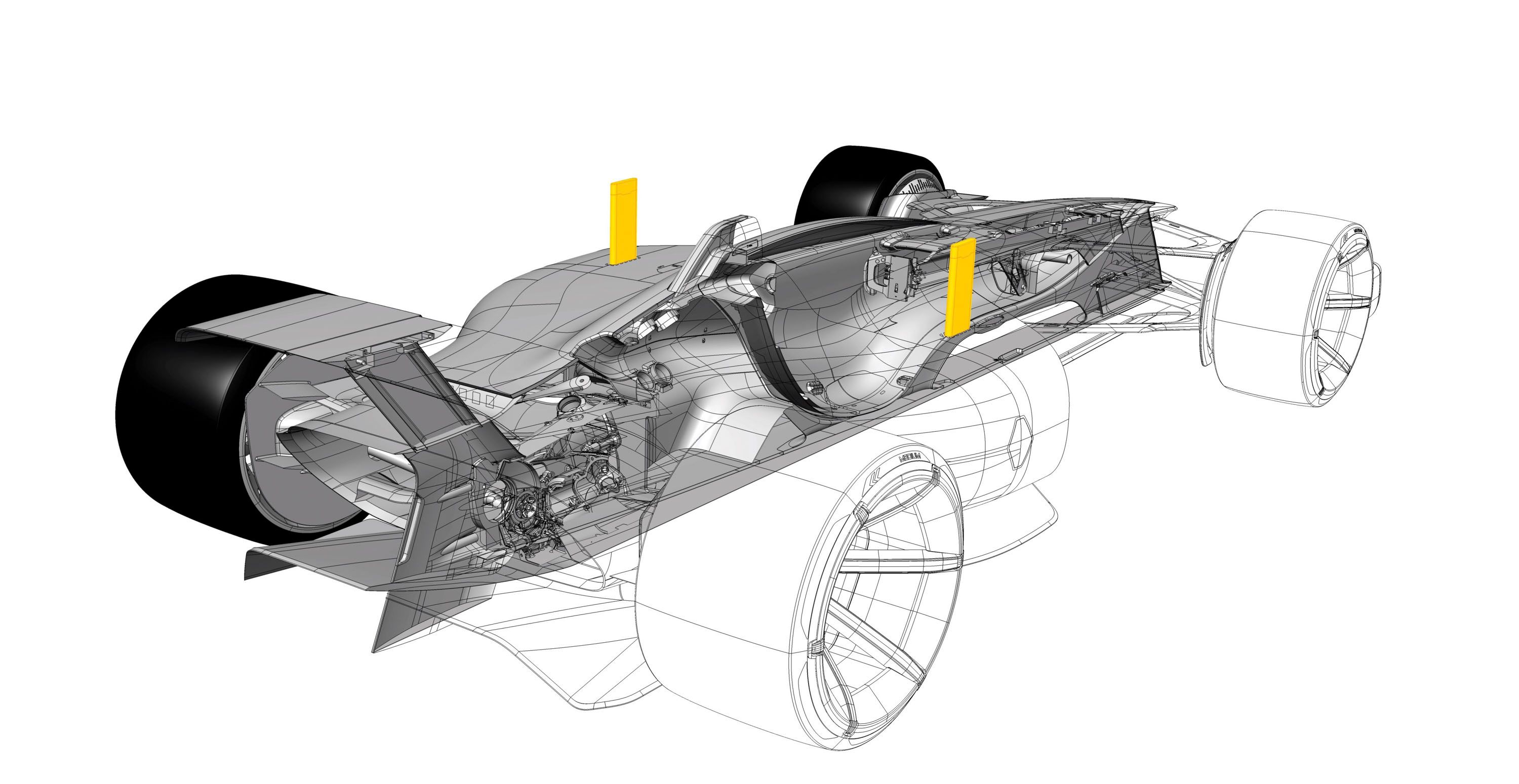
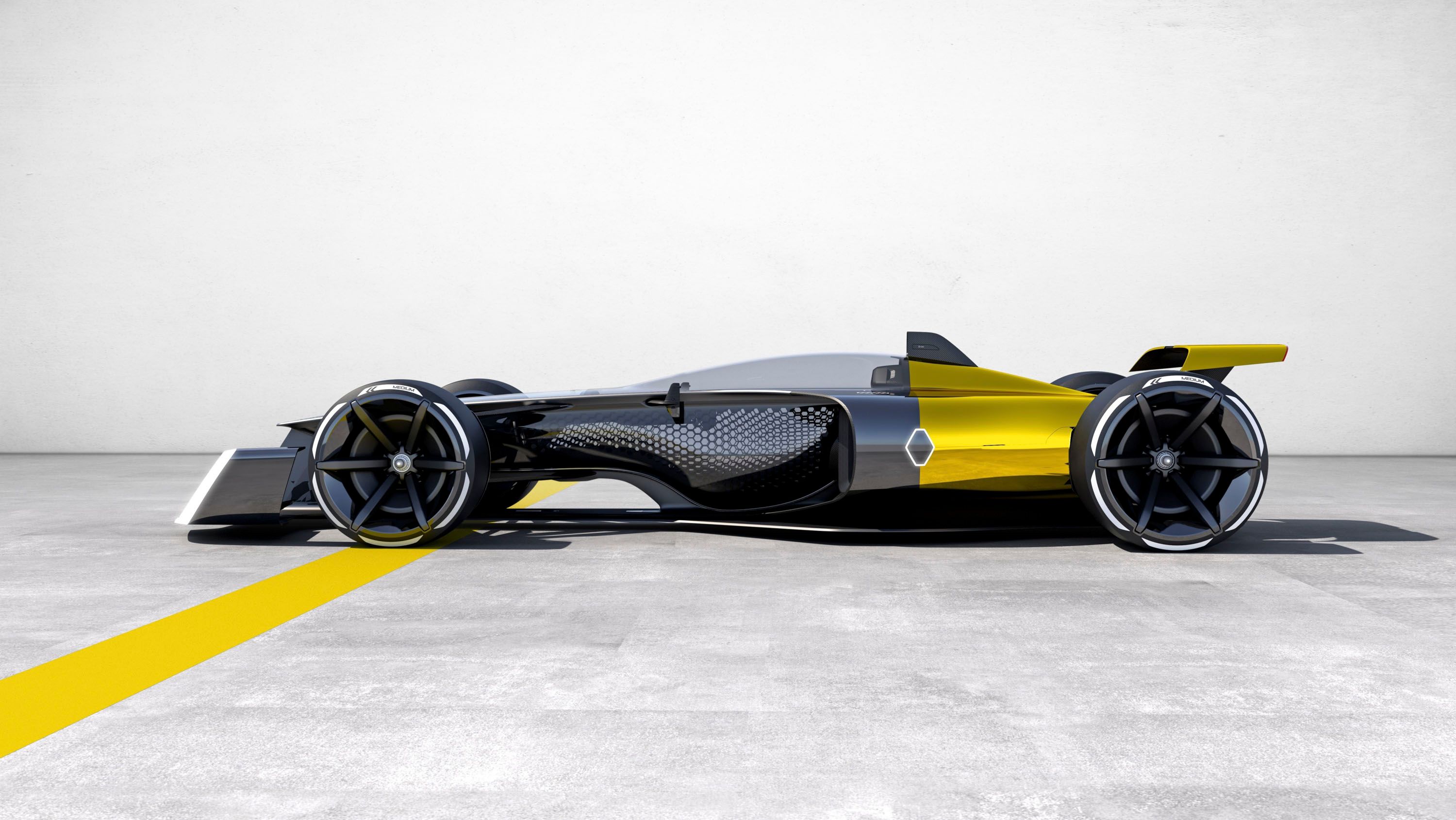
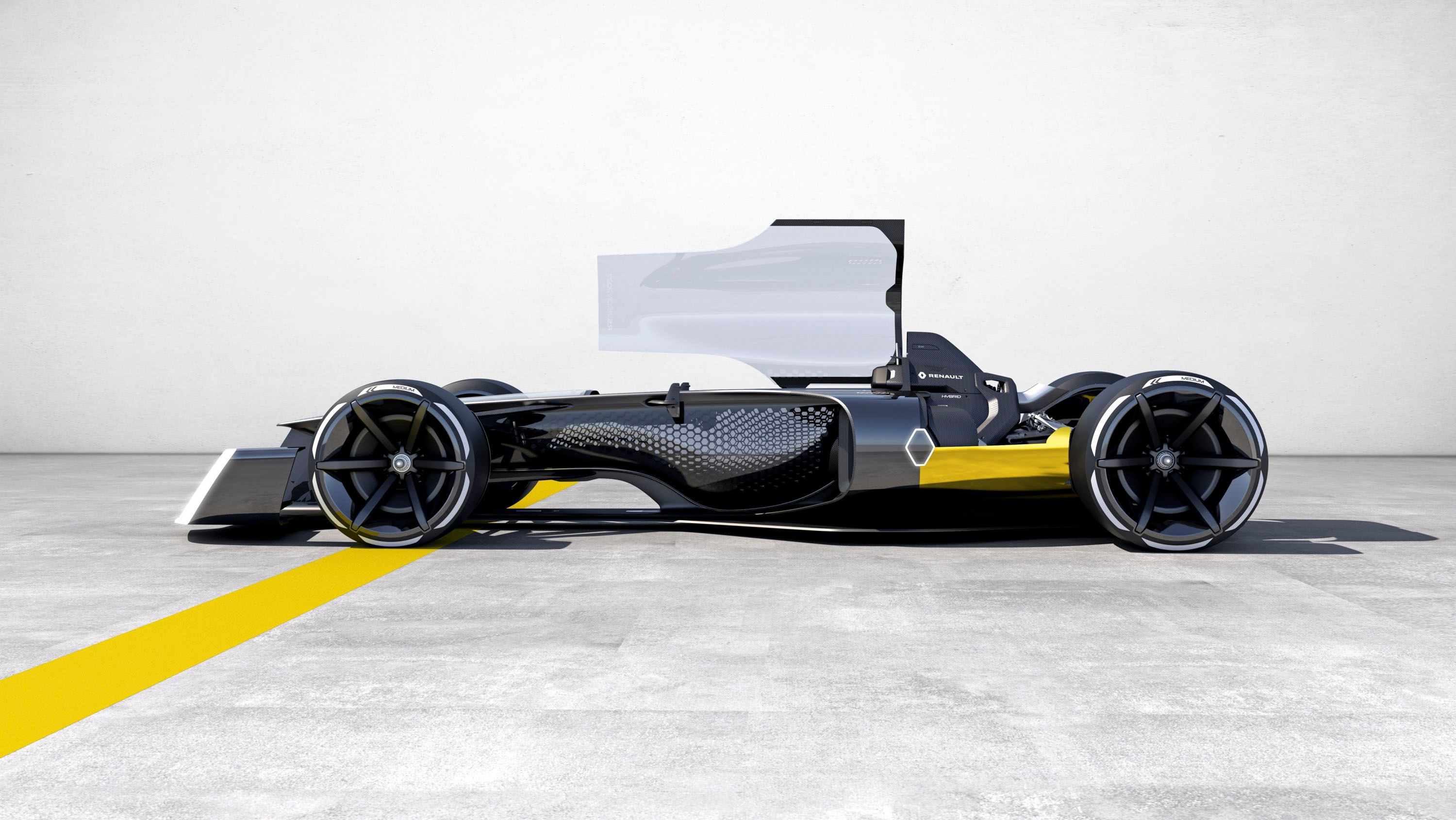
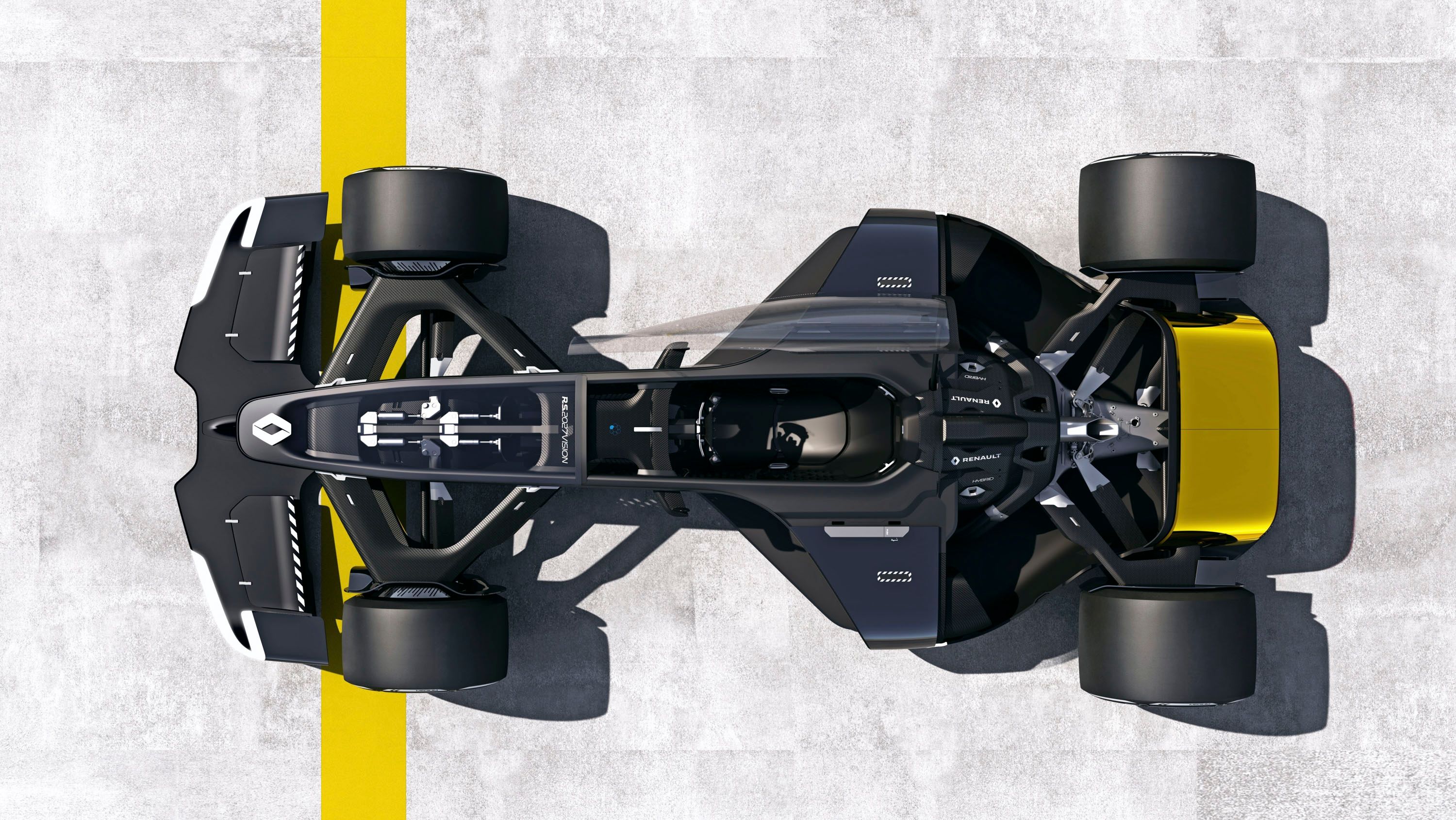
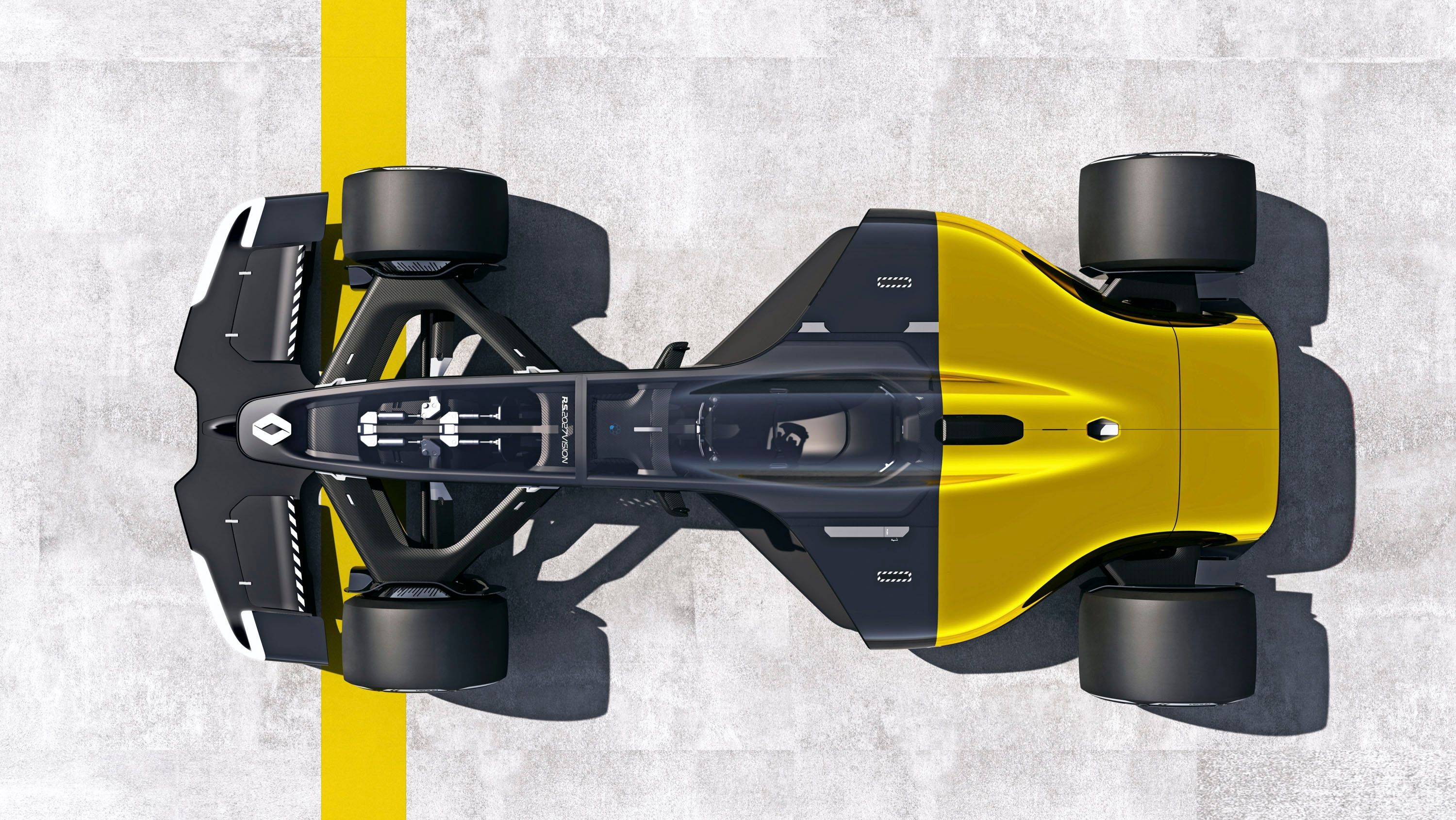
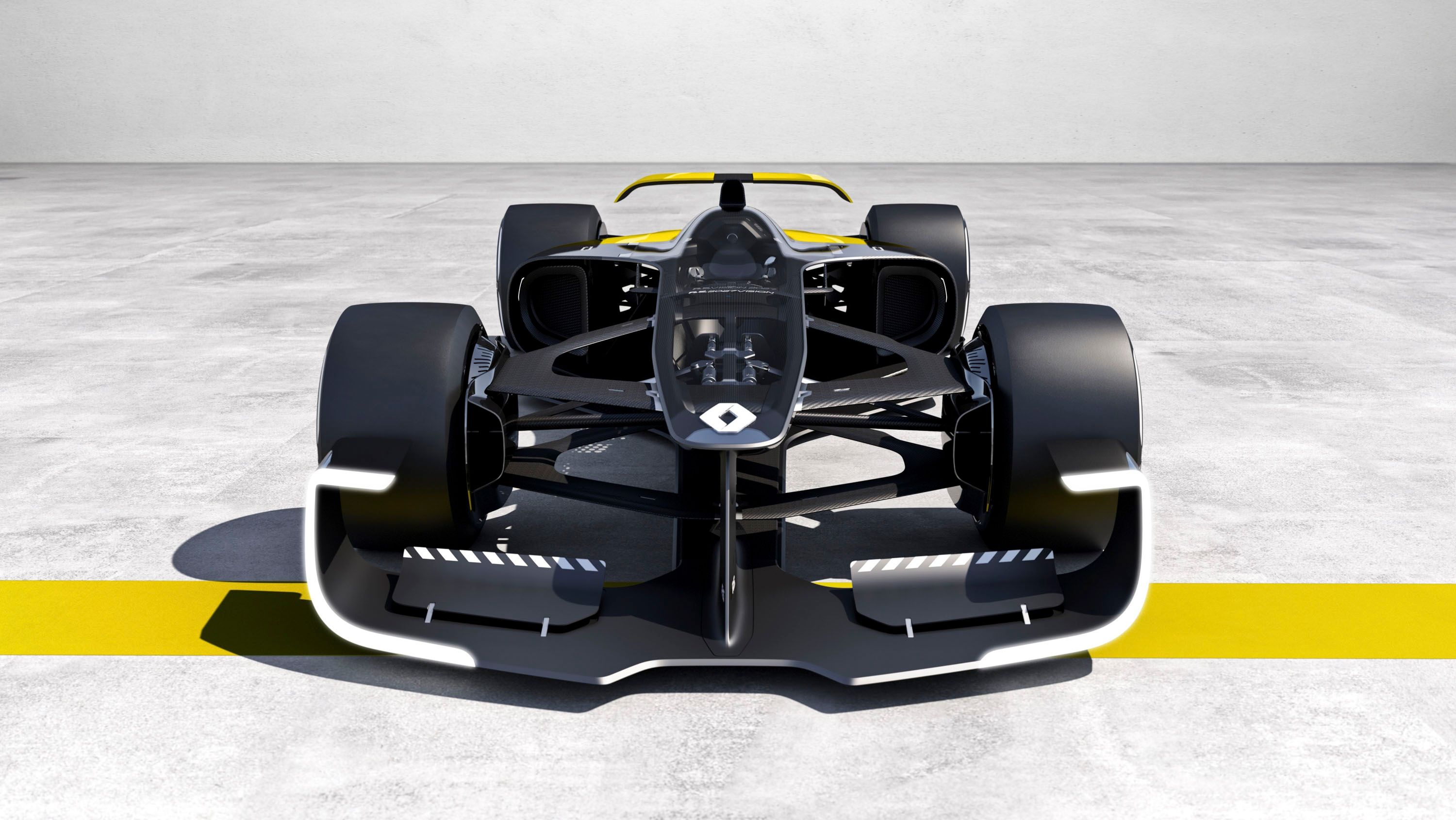
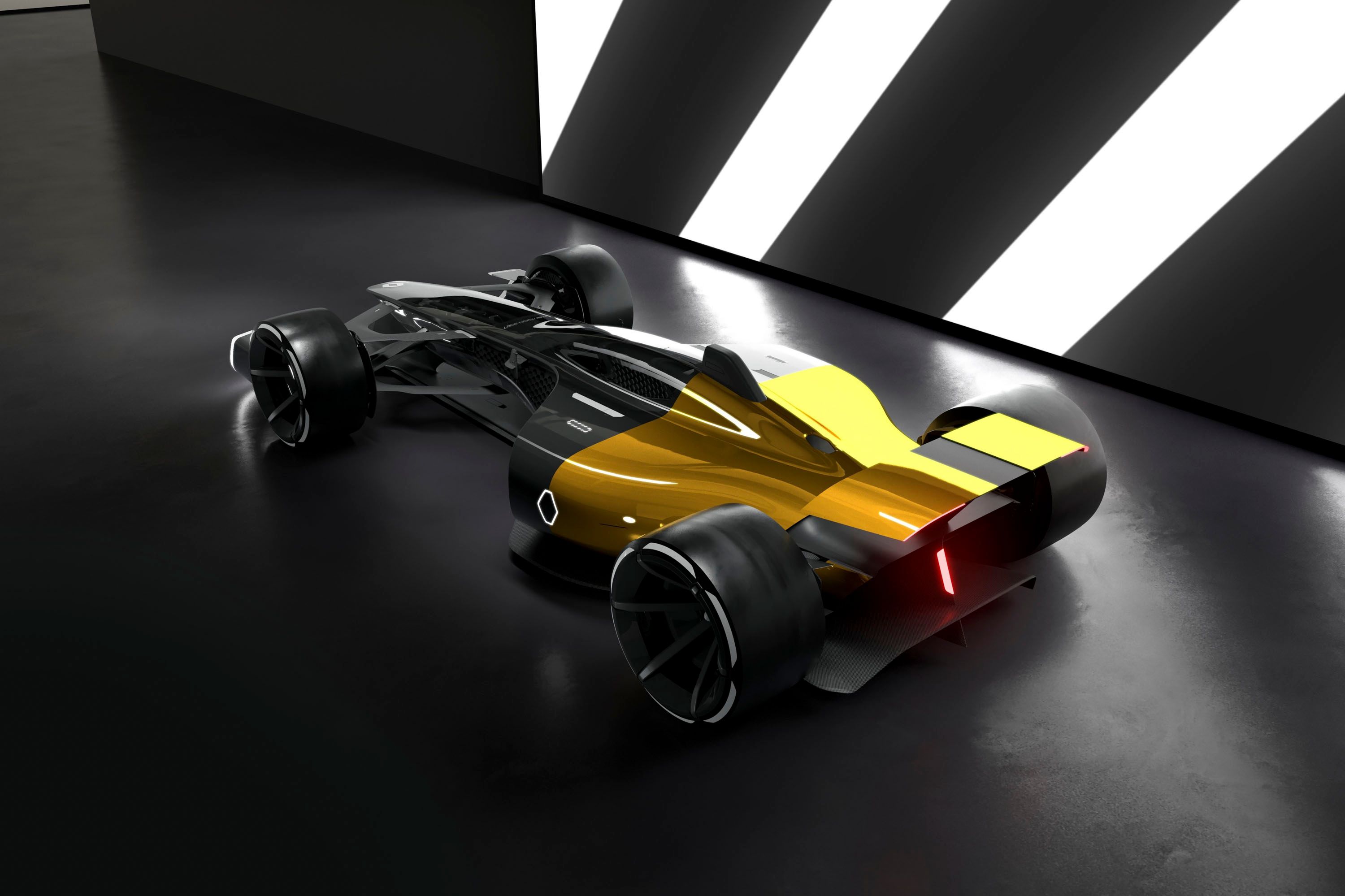
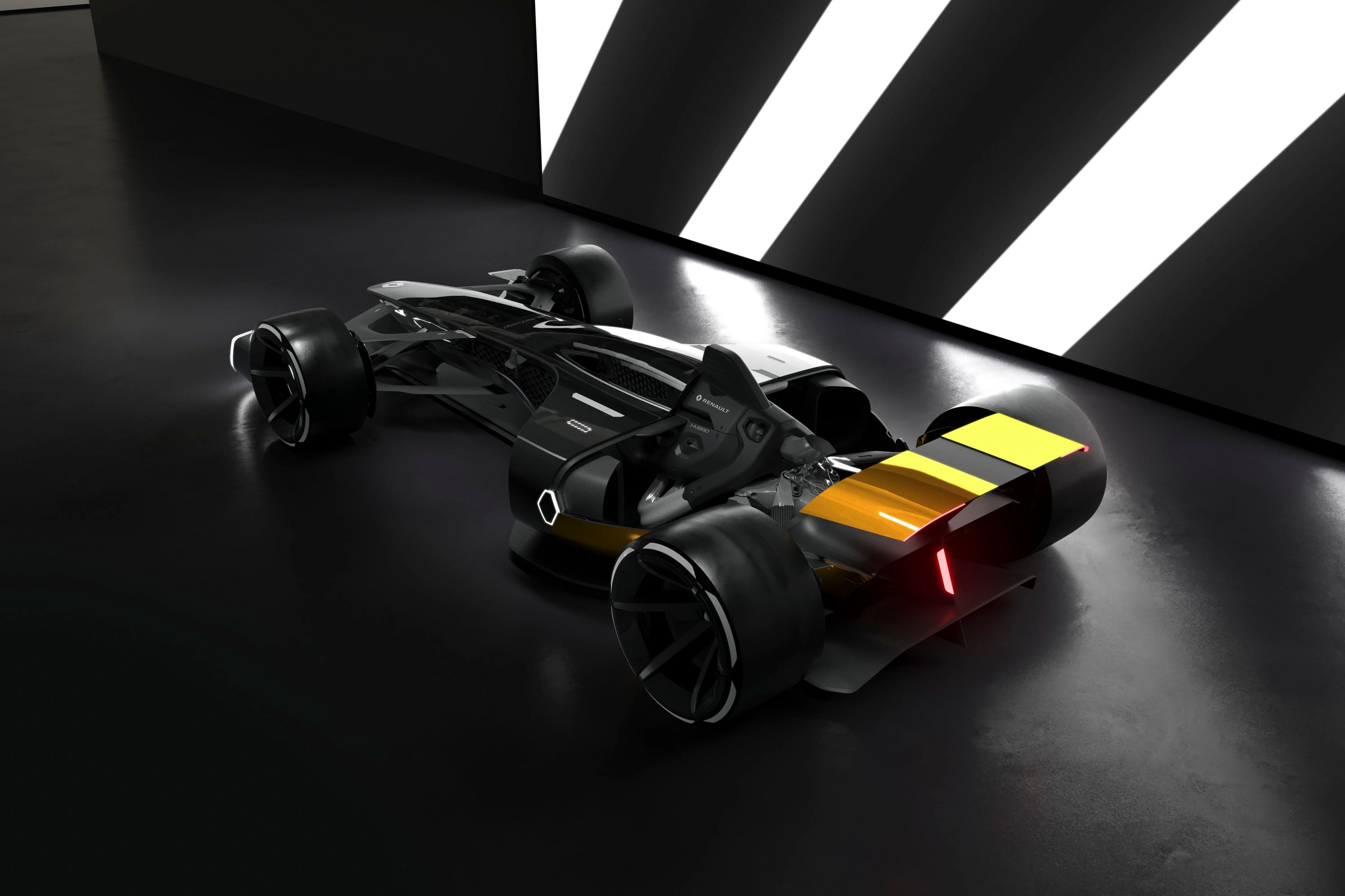
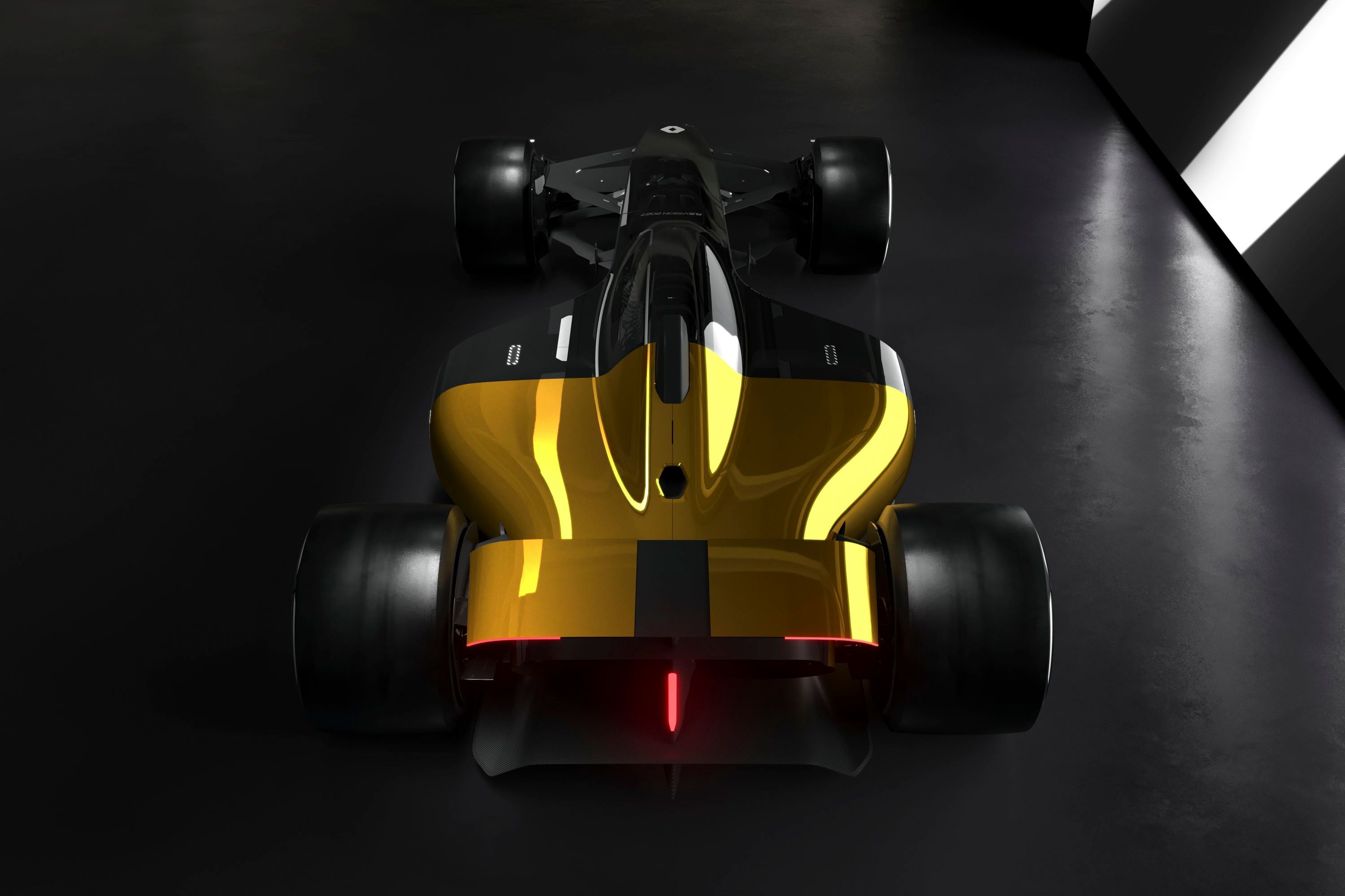
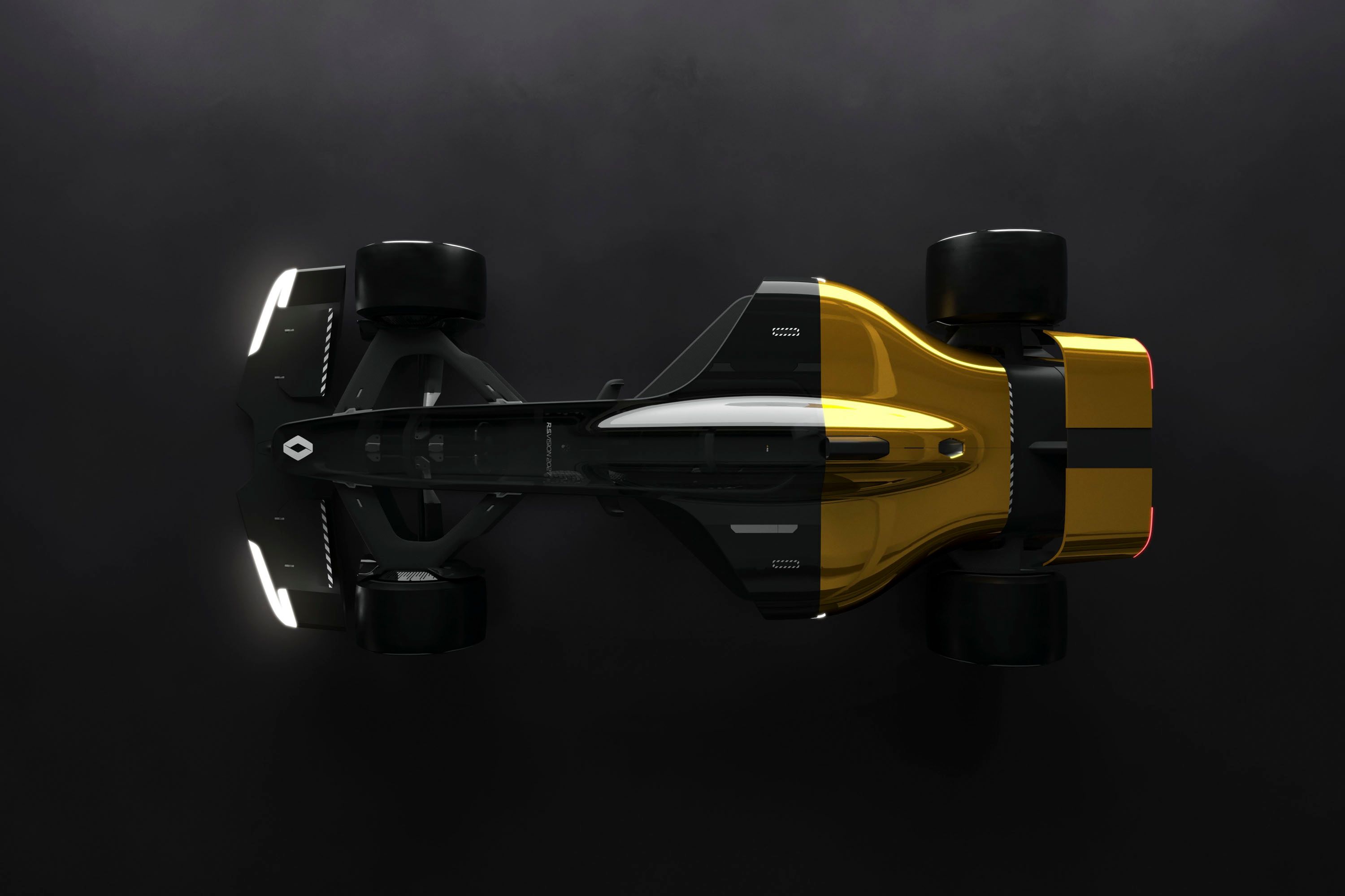
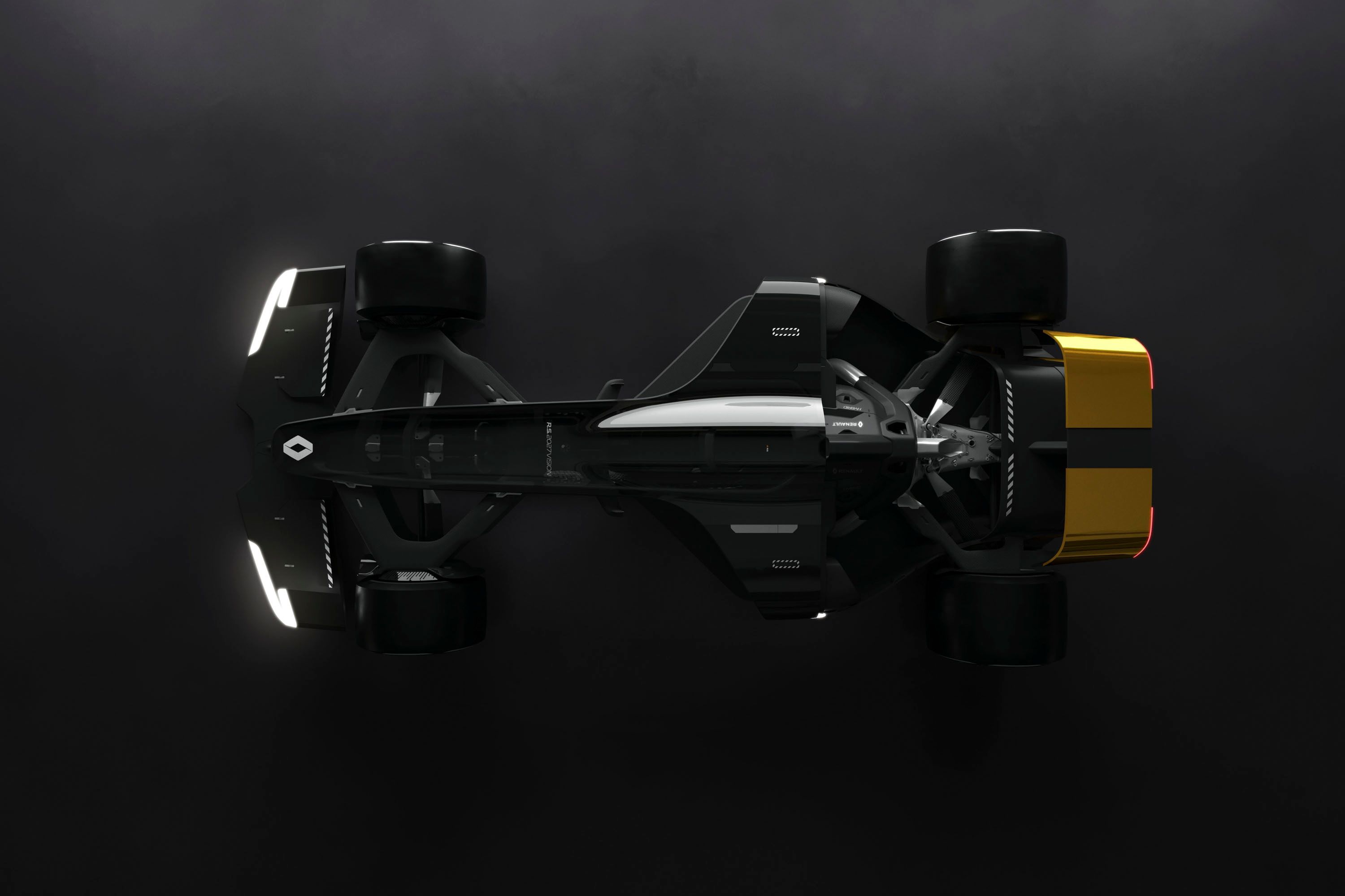
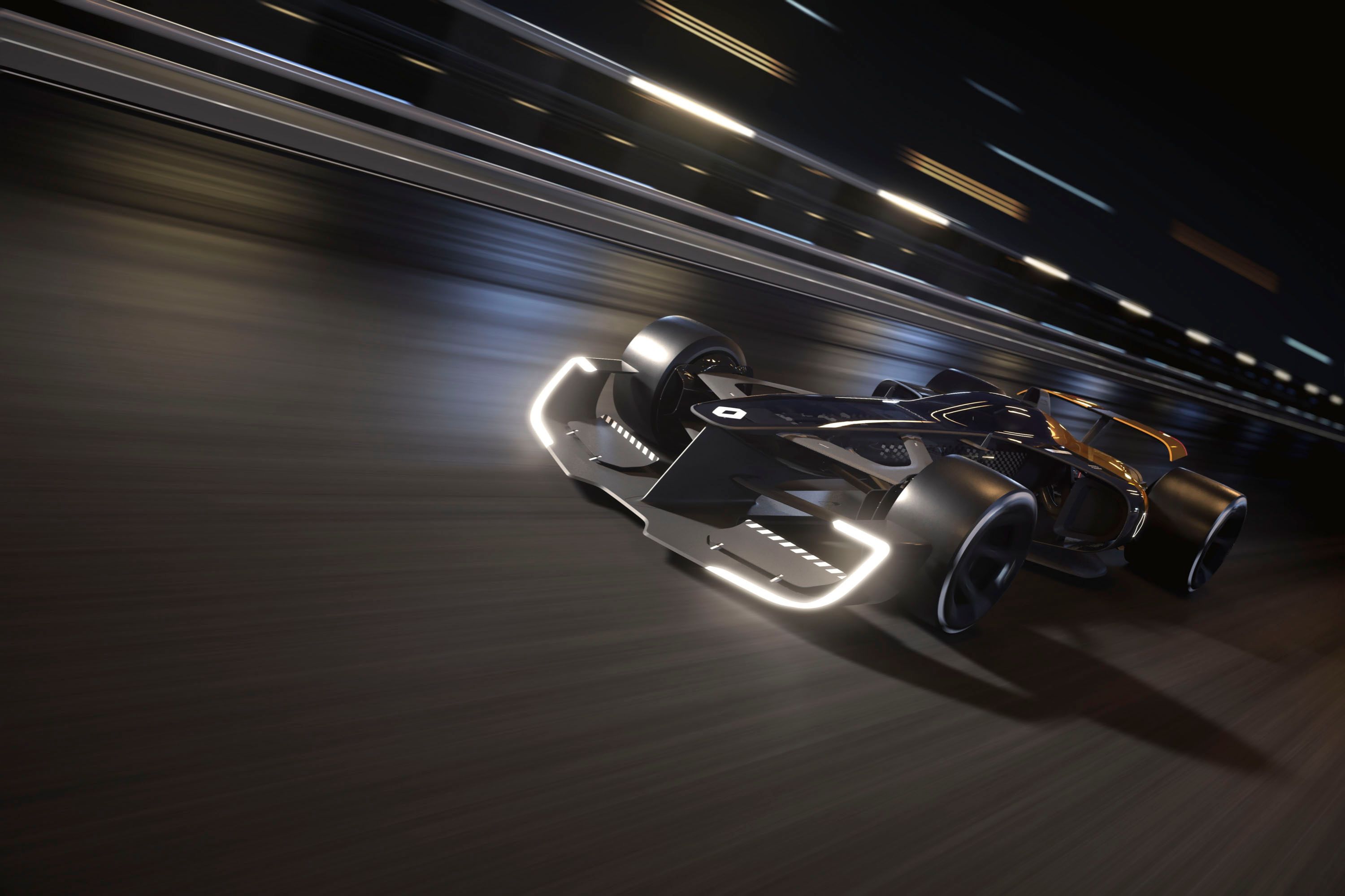
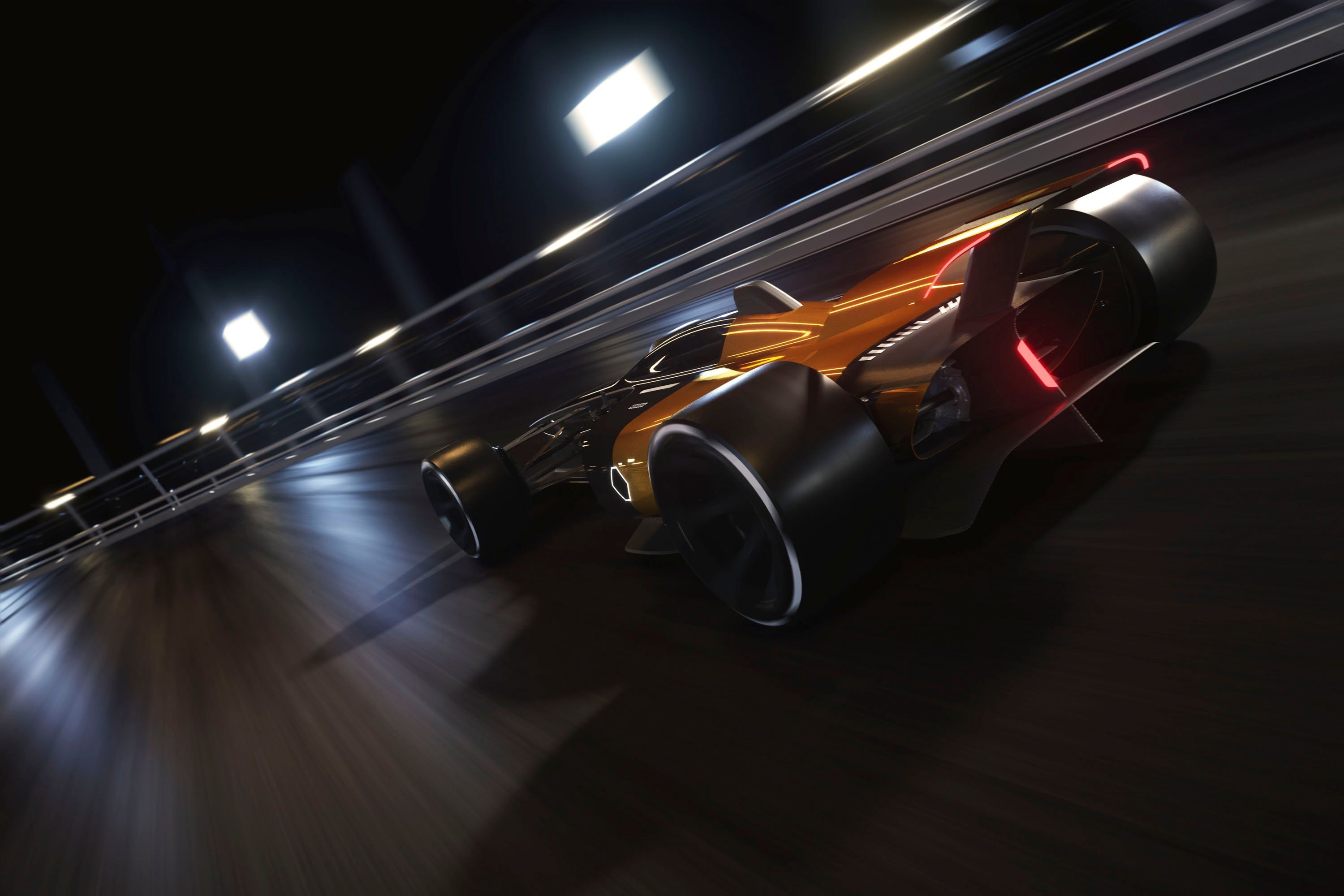
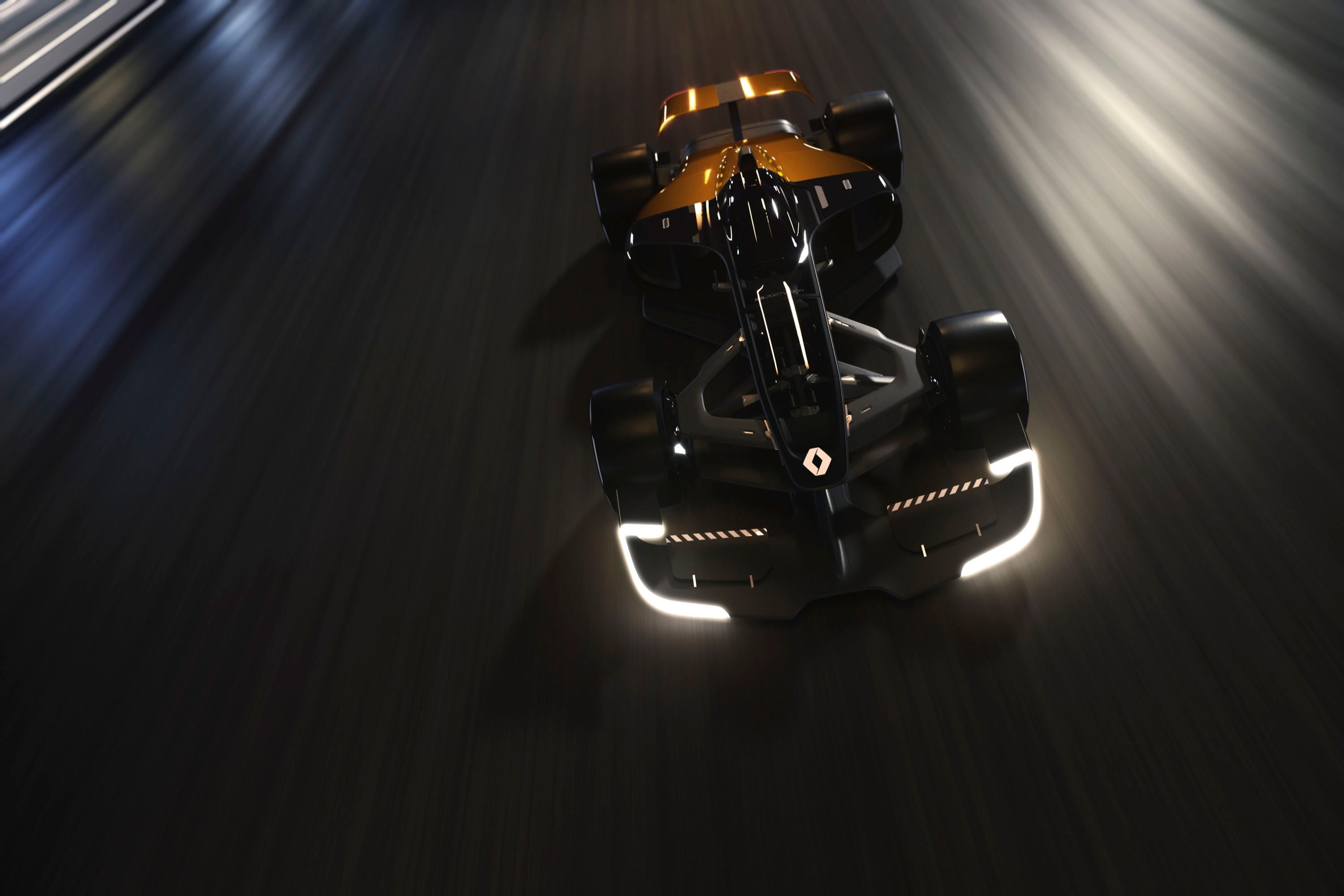
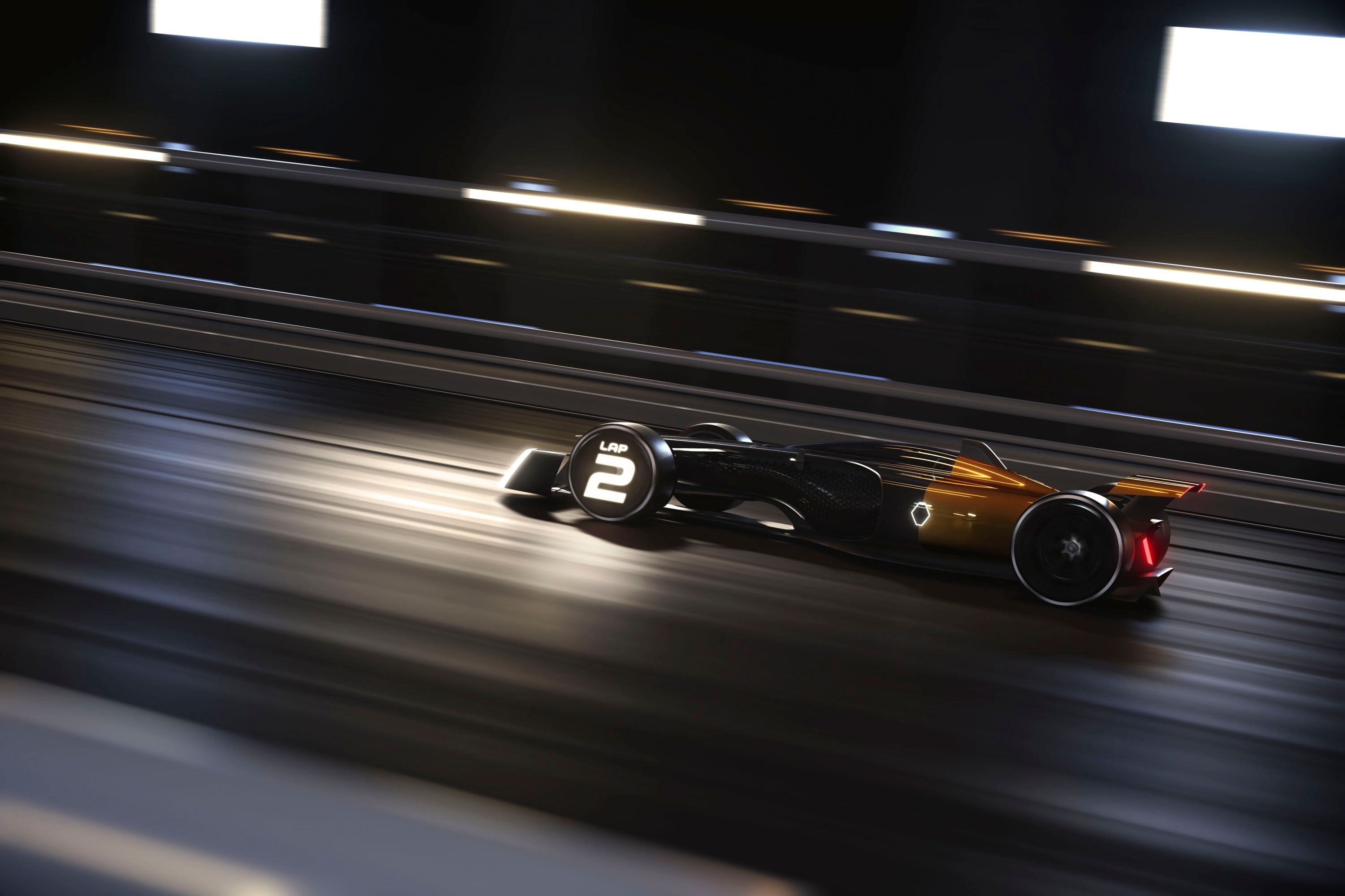
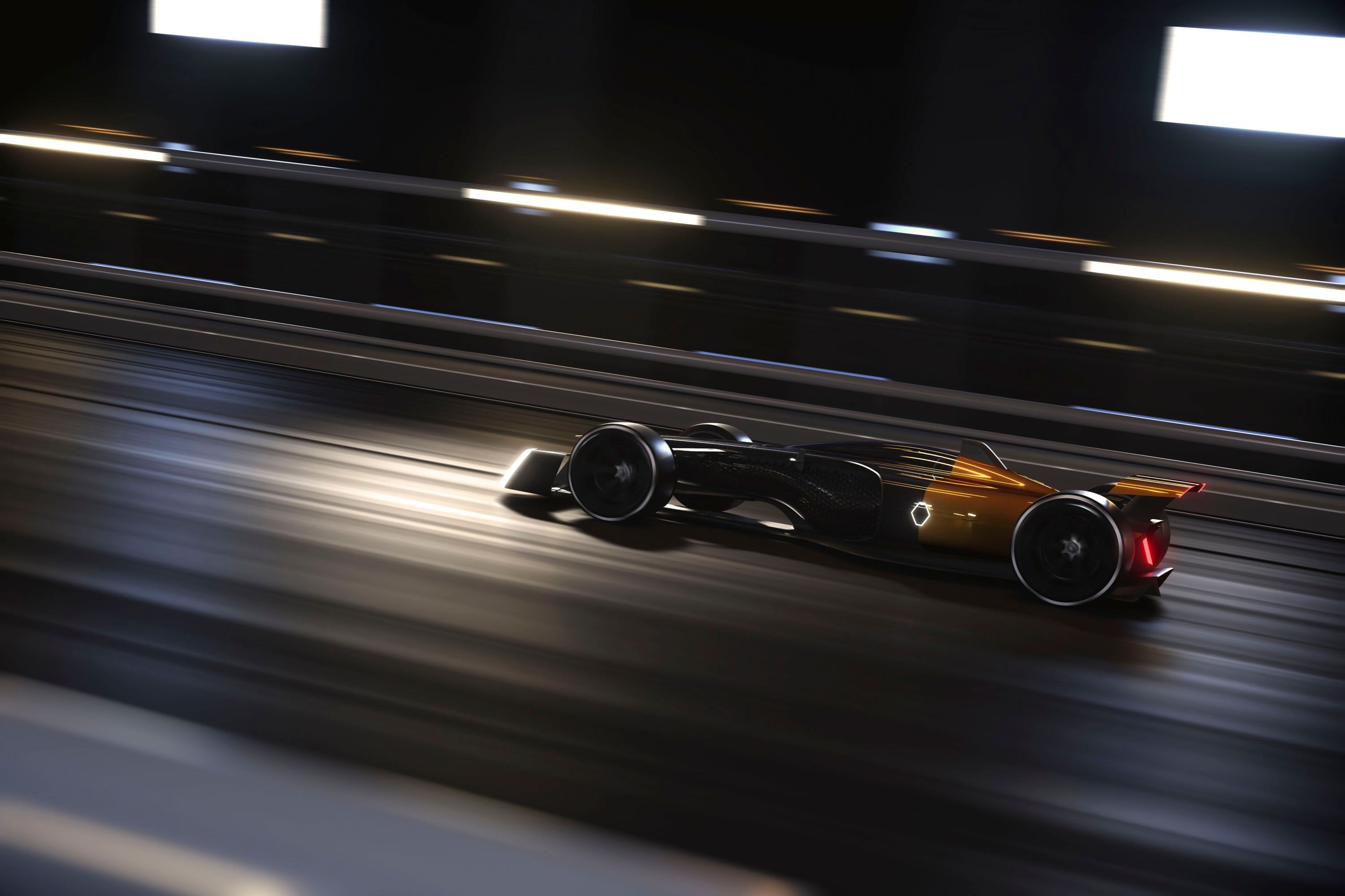
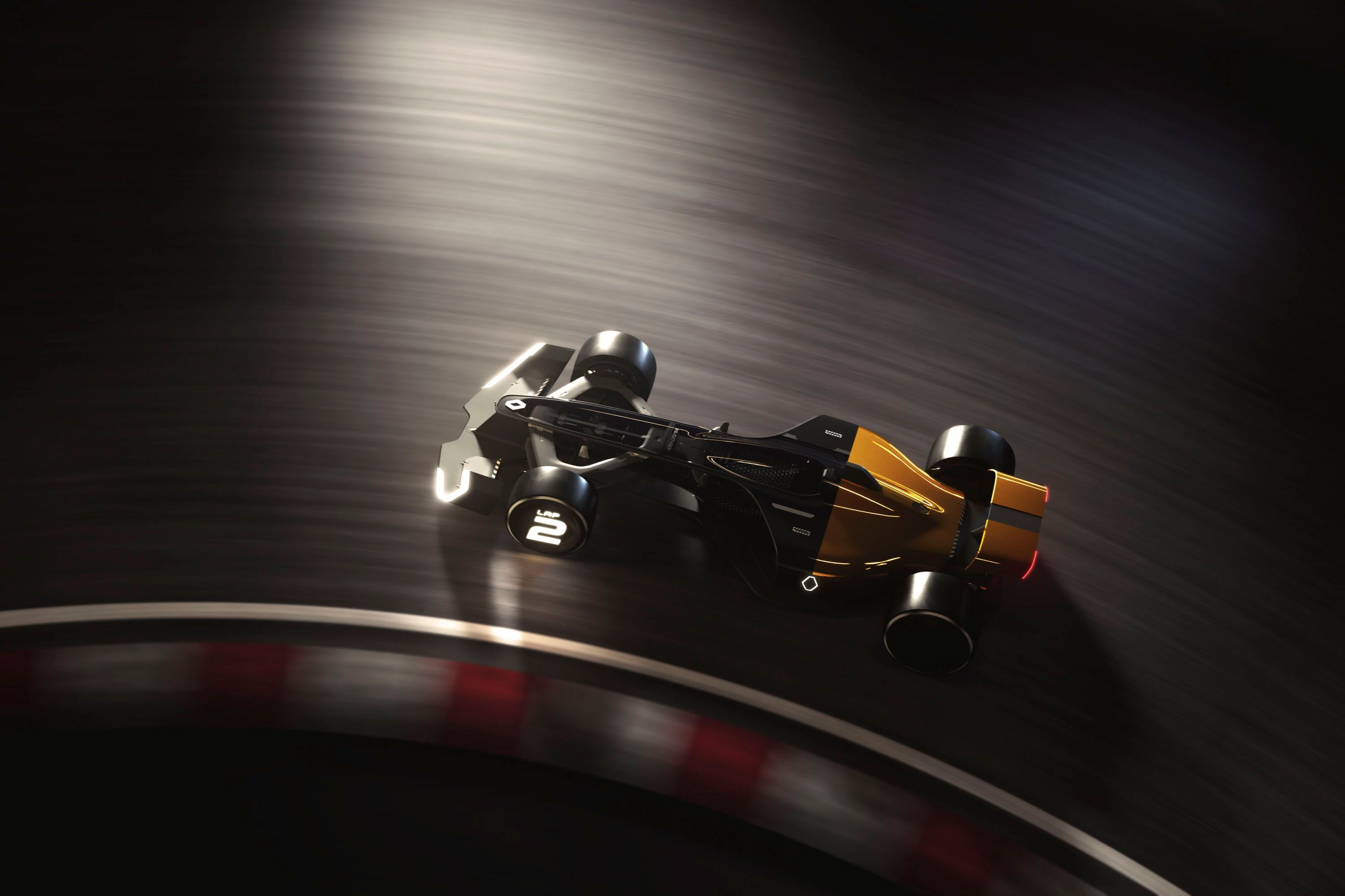
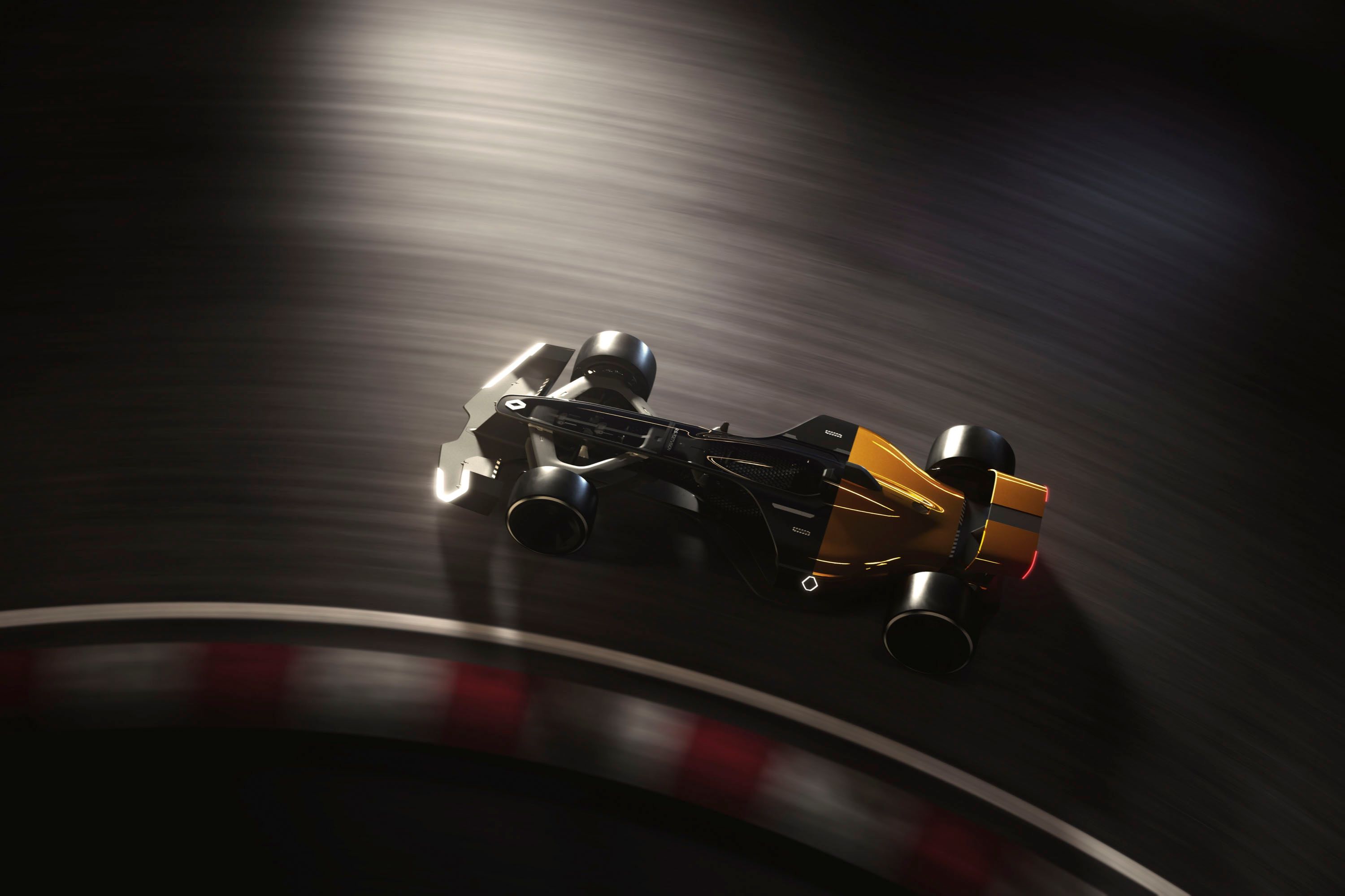













- Make: Array
- Model: 2017 Renault R.S. 2027 Vision
- Horsepower: 1287
- Torque: 1725
2018 Renault R.S. 2027 Vision





























































- Make: Array
- Model: 2018 Renault R.S. 2027 Vision
- Horsepower: 1287
- Torque: 1725
- [do not use] Vehicle Model: Array
Exterior

The basic form of the Renault R.S. 2027 Vision is meant to recall the shapes and cues of the modern Formula 1 car, including basics like a “long, slender nose, side pods and four open wheels.” Indeed, from afar, the racer has the purposeful stance of a pure motorsport machine, plus a generous dollop of Tron-esque gloss spread evenly over the surface.
Still, there’s no denying this is a Renault, as evidenced by the copious number of Renault and Renault Sport logos added across the exterior. In addition, you’ll also find angular C-shaped LEDs added to the front wing, as well as a brightly lit Renault diamond badge on the nose, both of which allude to Renault’s lineup of street cars.

Speaking of lights, the active lighting system helps to engage spectators in a variety of ways. For example, there are LEDs mounted in the wheels that will project various stats to keep onlookers informed during the action. Info includes things like the car’s current race position, the amount of life left in the racing slick tire, and “the car’s remaining energy reserves.”
That’s all well and good, but what about exterior enhancements for the car’s performance? Well, as you might imagine, there’s some serious aerodynamics going on with this thing, all designed to keep the racer glued to the pavement at a variety of speeds. What’s more, all the wings and various aero enhancements are mobile and active, which means enhanced downforce when you need it (such as in the corners) and minimized drag when you don’t (such as on the straights). Of course, this harkens back to current technology like DRS (Drag Reduction System), and it would be nice to see it take a more prominent and efficacious role in the future.

Meanwhile, the styling mimics some of the elements seen on the Renault RS01 from 1977, also known as Renault’s very first Formula 1 car. The rear wing and livery design scheme both take cues from that car, while the yellow and black coloring was taken from the Espace F1 seen in the mid-‘90s. The yellow also gets a snazzy gold leaf added, while the whole thing is covered in a metallic finish.
Interestingly, Renault points out that in the future, the actual body shell will hopefully be 3D printed, which will likely help to cut down on costs. Further cost reduction will come with the proposed restrictions to aero development, with only the front and rear wings, engine cover, floor, and diffuser subject to changes from engineers, plus a restriction to just three separate configurations for the whole season (think varying levels of downforce depending on the track).
Interior

One of the biggest changes we see with the Renault R.S. 2027 over modern Formula 1 cars is the inclusion of a transparent cockpit cover. No longer will the driver’s head sit out in the open airflow, as the intention is higher levels of safety and protection without hampering overall visibility. The cockpit covering will be made from polycarbonate and be resistant to both impact and fire. In the event of a rollover, a duo of protective bars made from titanium will pop out in milliseconds to add an extra layer of safety for the driver.
If you happen to be lucky enough to be piloting the R.S. 2027 Vision, you’ll be pretty comfortable, as the 3D printed body and cockpit will be perfectly tailored to your shape, molded in such a way as to offer perfect support for attacking the corners. Fans will also be able to see your expressions and reactions thanks to a transparent helmet, while a digital display mounted inside the steering wheel will relay all the pertinent info needed to drive the car, including flag signals like blue and yellow warnings.

Additional car telemetry will be broadcast on the Internet to keep fans up to date on the overall race strategy, while virtual racers will get a chance to go wheel-to-wheel with the star drivers in a real-time video game environment. Furthermore, a “fan ranking” system will grant speed to the most popular drivers, as enhanced social media interaction (more tweets, more likes, more posts, more mentions, etc.) will send the popular driver a power boost towards the end of the race. Guess it’s time to build those followers.

And although it might seem weird, various onboard autonomous systems will help keep things safe. No, Renault isn’t talking about adaptive cruise control. Rather, the autonomous system will only engage during safety car periods and yellow flags, thus enforcing speed limits and no passing rules.
Further tech enhancements include vehicle-to-vehicle systems that increase driver awareness with regards to track position of the other cars, thus reducing collisions when visibility is low. The systems will also assist in pit lane with a collision warning to prevent any early release of the car.
Drivetrain

Renault says the R.S. 2027 Vision takes after the make’s first Formula 1 car, the RS01, in that it equips a turbocharged V-6 powerplant for motivation. However, this is ten years into the future we’re talking about, and thus, it should comes as no surprise that the gasoline power is assisted by a hybrid electric system.
Renault says the plan is to use Formula 1 as a test bed for tech destined to trickle down to its passenger vehicles, and that’s pretty exciting when looking over the specs. For starters, the KERS (Kinetic Energy Recovery System) is still in play, offering up as much as 500 kW of juice, far more than the 120 kW we see today. Two separate ERS-K units are installed, one in front and one in the rear, both of which feed a higher-energy density battery (Renault predicts twice the energy density of the current F1-spec pack). The energy will reach the wheels by way of two 250-kW motors, one in front and one in back, which means Renault is predicting a move to AWD in the future. Cue purist outrage.

Regardless, the R.S 2027’s exterior lighting will change from white to blue when the car is engaged in its full-electric mode – a strategy that makes sense during yellow flags or warm-up laps. Further 3D printing of parts will help to reduce waste.
Finally, the fuel tank in this single-seat racer is reduced to 60 kg, a considerable downsize compared to the current 105-kg tank used in today’s cars. Renault hopes to see shorter, more exiting racing as a result (down to 250 km from the current 300 km length). This could be divided into two separate race sets, including a long race and a very brief sprint. Additionally, less available fuel will also make the option to switch to all-electric power as a potential fuel saver add another wrinkle to the overall race strategy.
Suspension And Chassis

Formula 1 cars have always boasted an impressive power-to-weight ratio, and the R.S. 2027 Vision is no different – try 1 megawatt (1,341 horsepower) of power for just 600 kg (1,323 pounds) of weight. Yep, these machines should be mighty quick indeed.
Keeping them glued to the road will be loads of downforce, plus an active suspension system that’s controlled by the driver. What’s more, a four-wheel steering system will keep it nippy, a necessary element if Renault is thinking about going AWD. Gotta keep that turn in nice and sharp.
Conclusion

While this new design study certainly looks pretty cool, Renault is also bringing a few interesting ideas to the table as well. I like the additional spectator and fan interaction, with more available data and specs provided to engage folks who don’t want to keep a spreadsheet open during the race. The social media boost is also interesting, but obviously ripe for abuse – maybe we should keep the popularity contests out of it?
Either way, Renault seems to be on the right track. Lowered costs and greater technology development feel like smart moves, and hopefully, we’ll see something as interesting in the real world as this vision.
References
Alpine GT6 Vision GT Sports Car
Read our full review on the Alpine GT6 Vision GT Sports Car.
SRT Tomahawk Vision Gran Turismo
Read our full review on the SRT Tomahawk Vision Gran Turismo.

